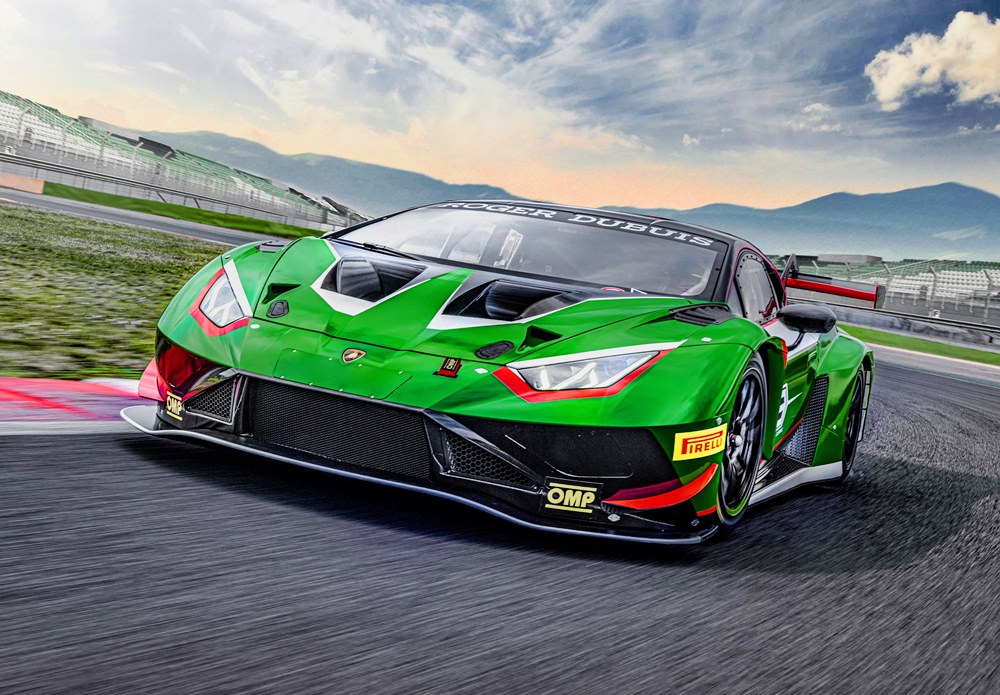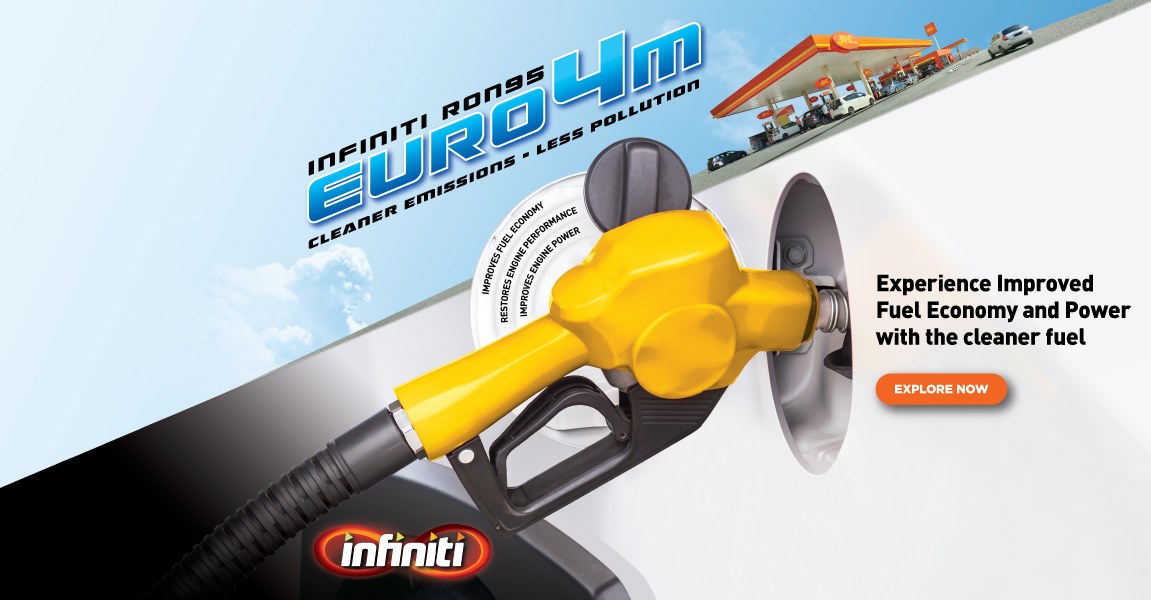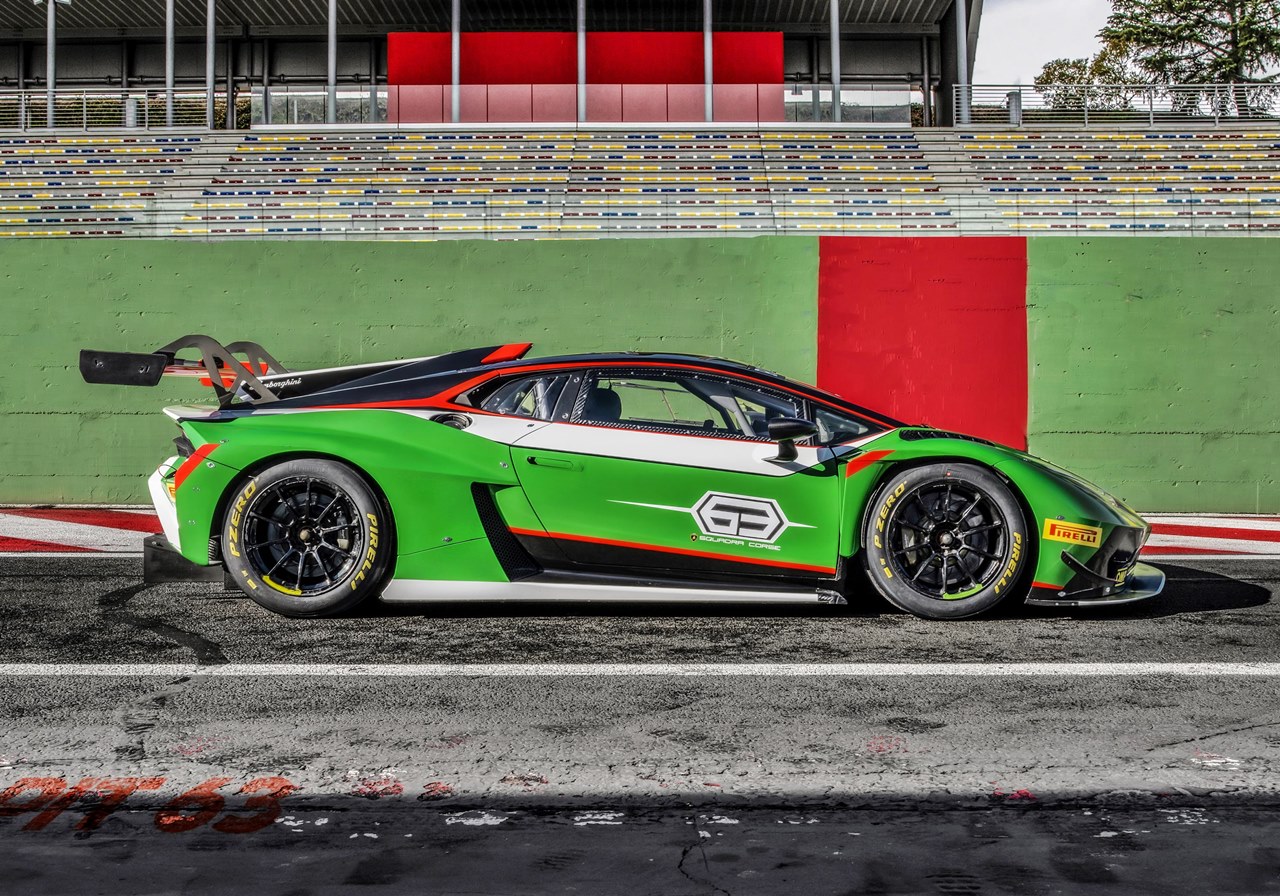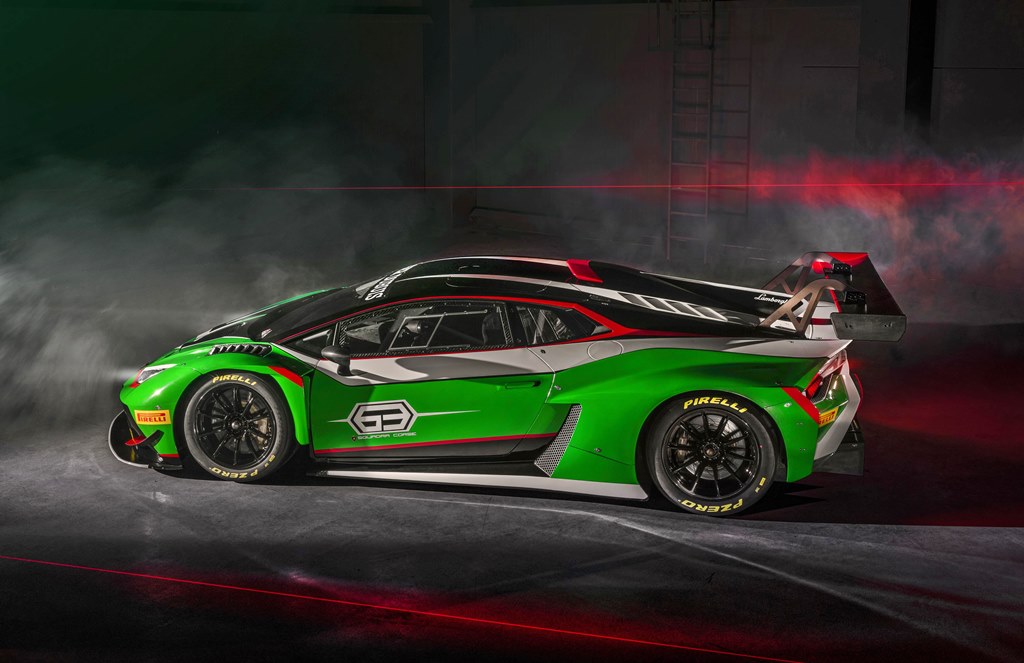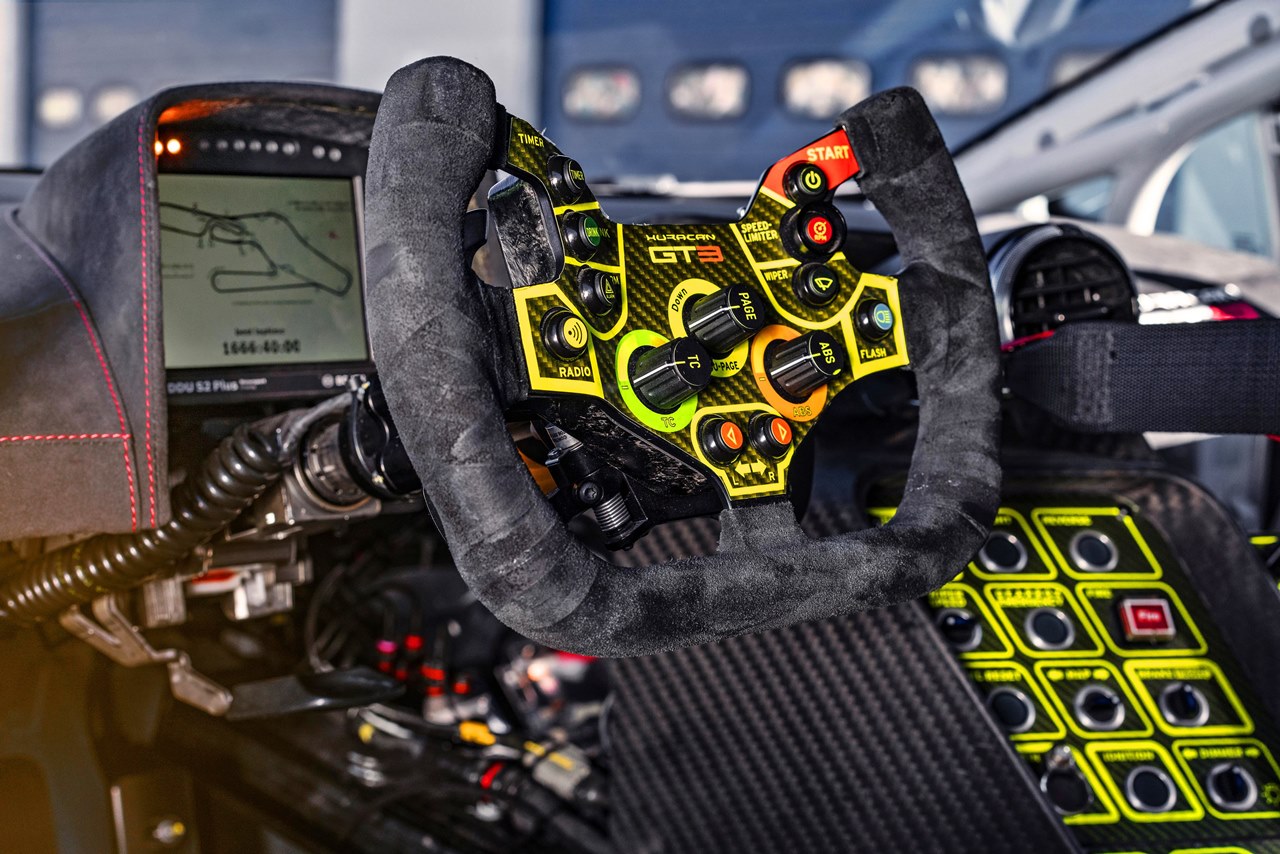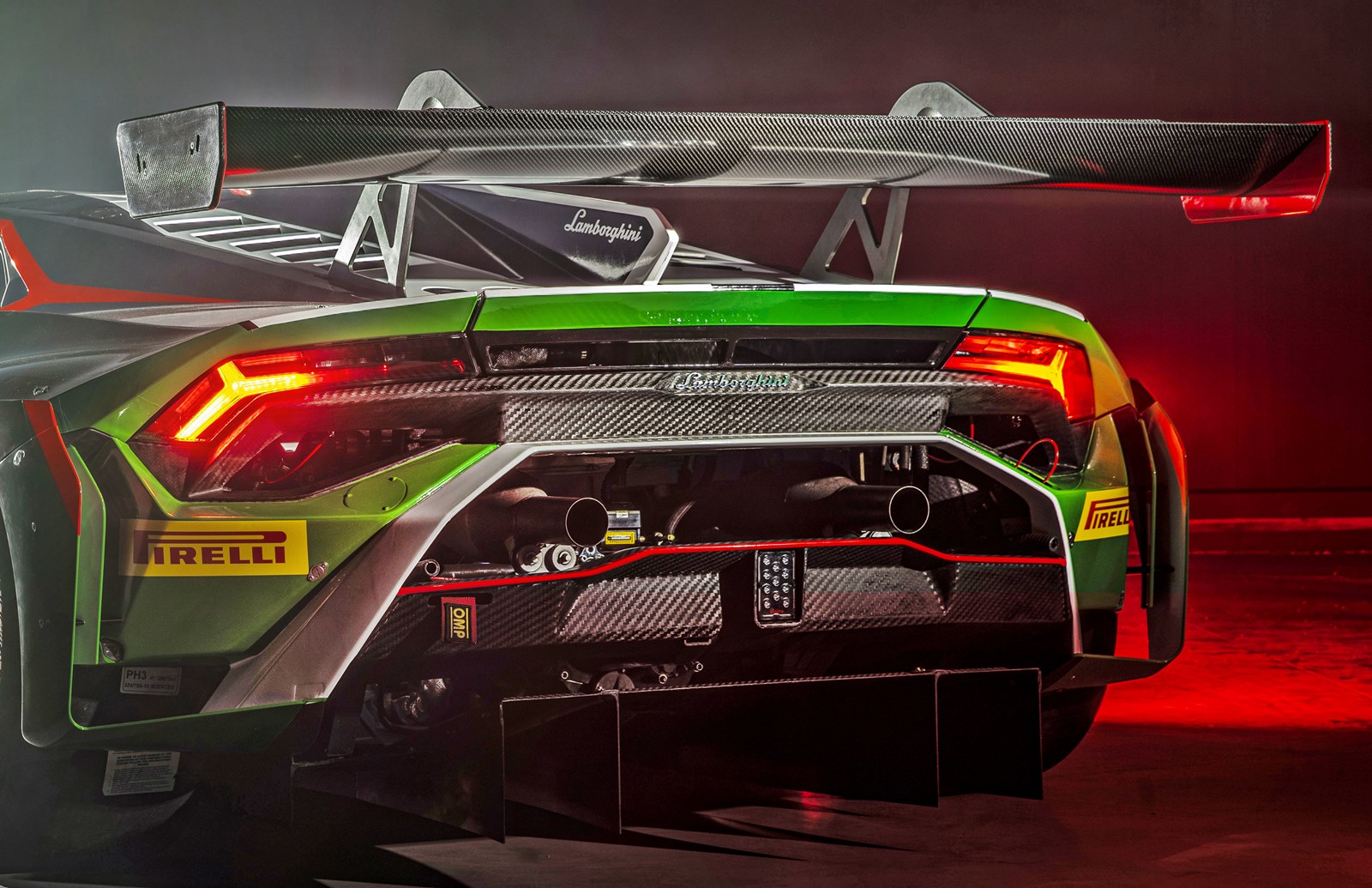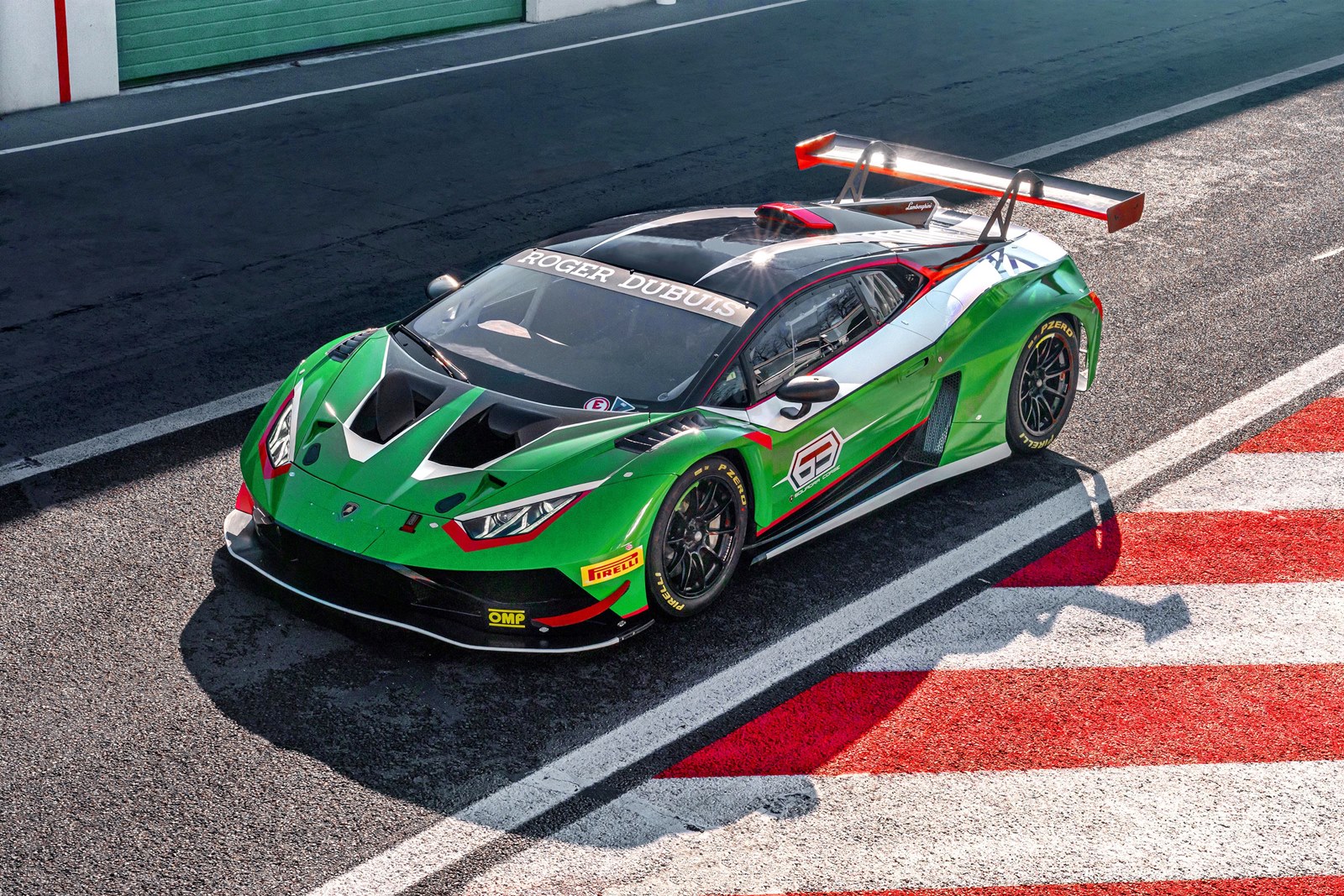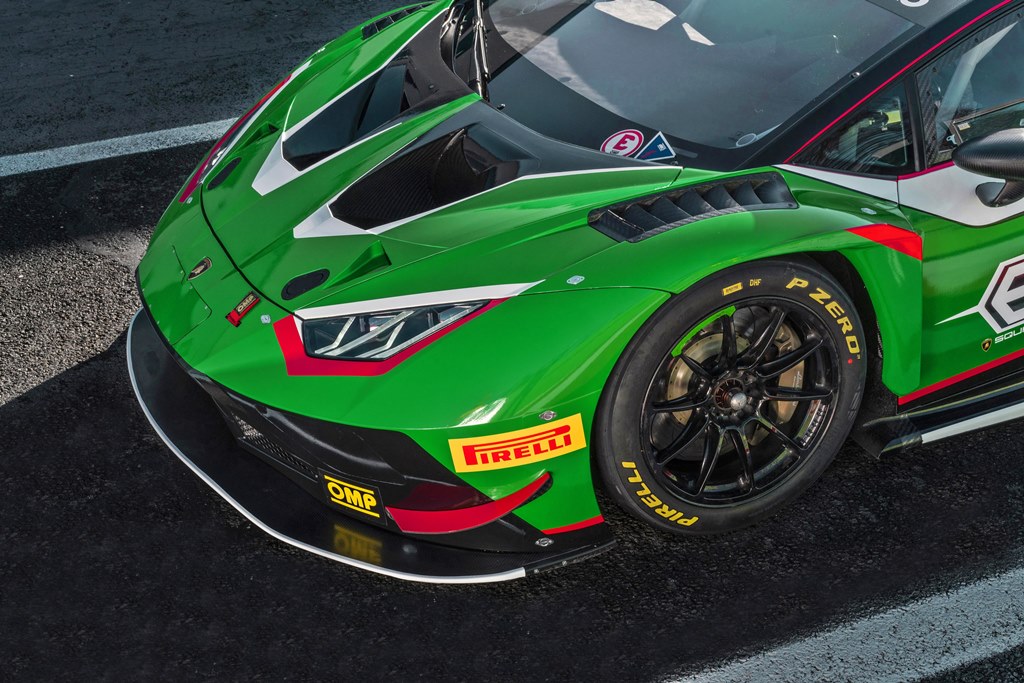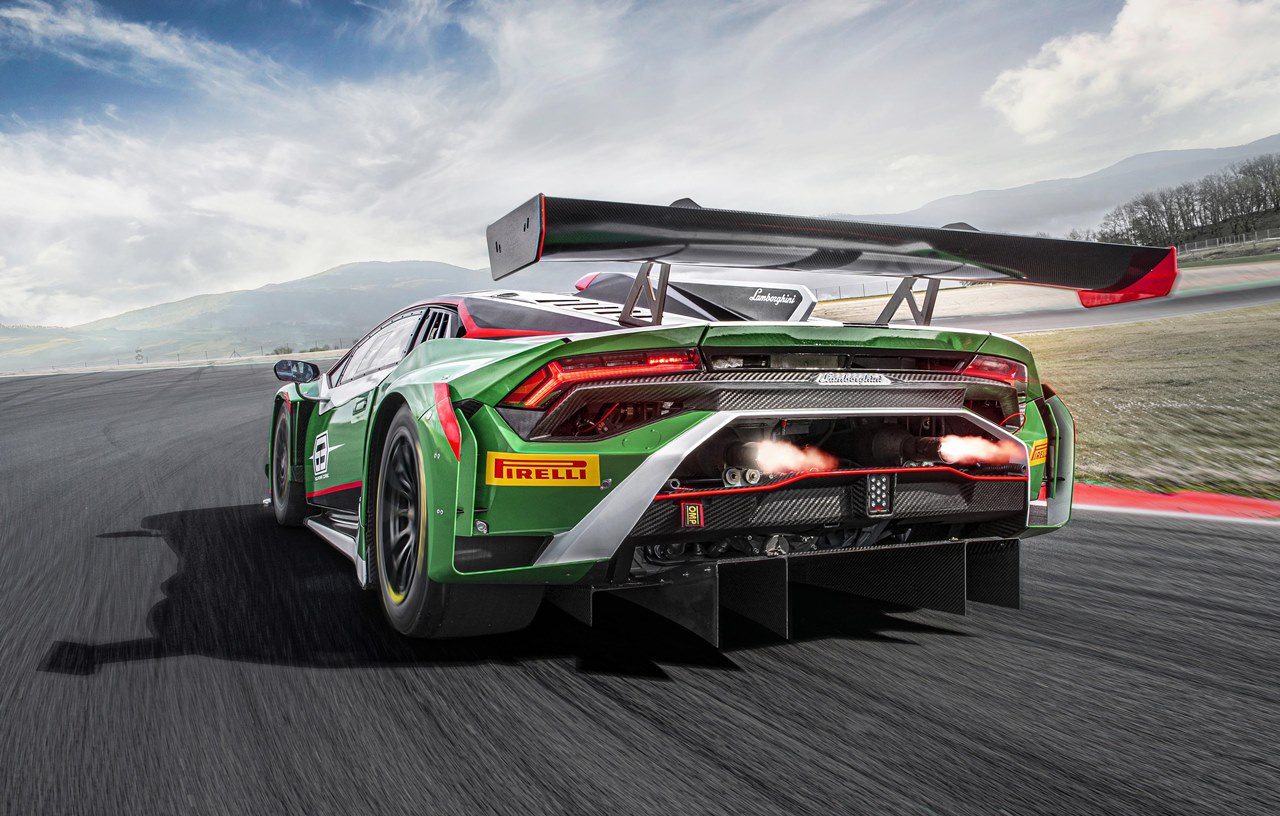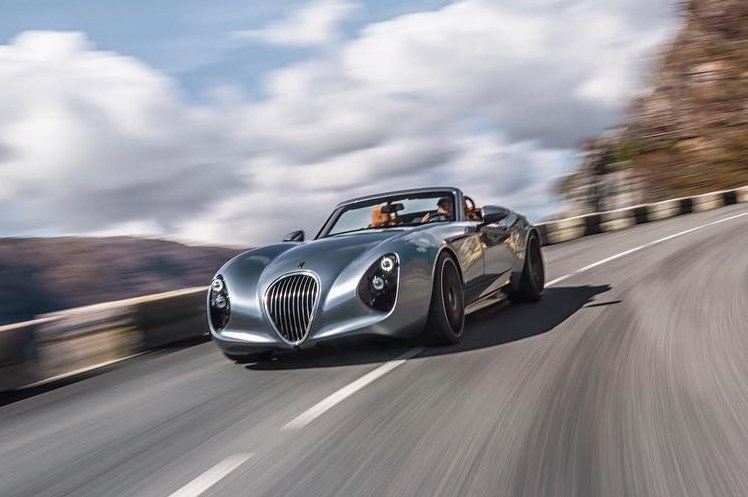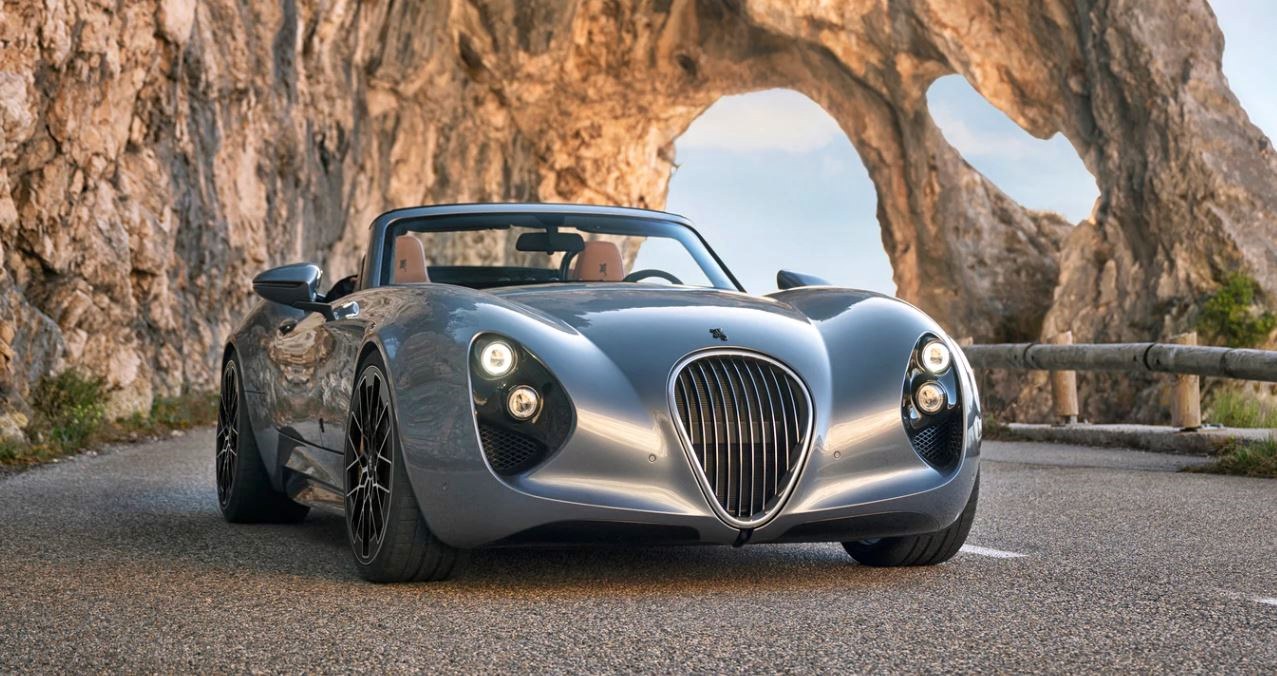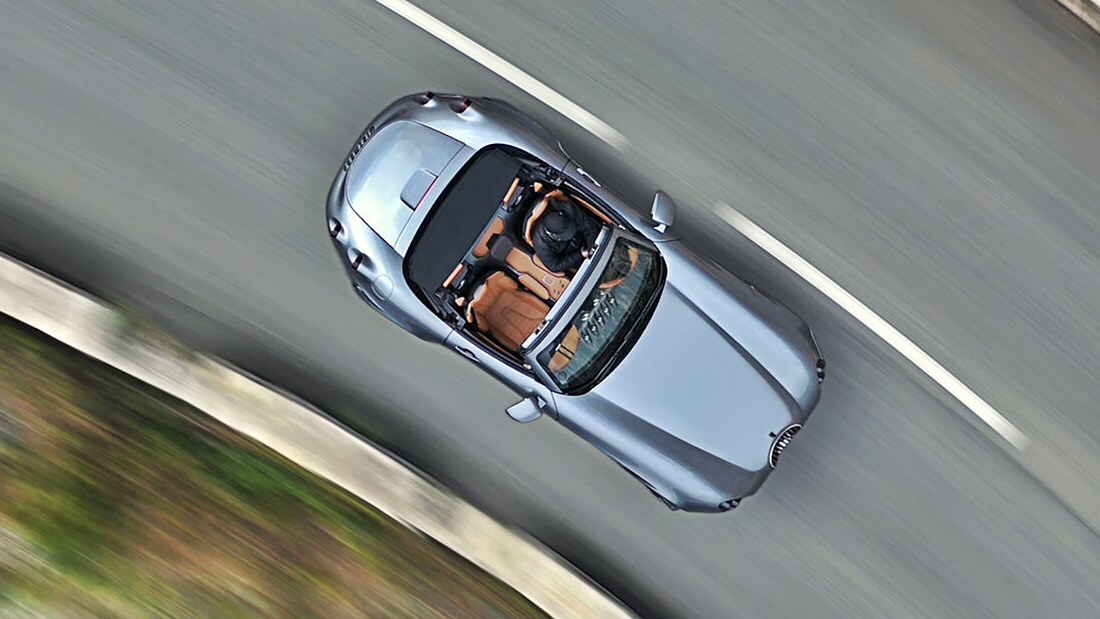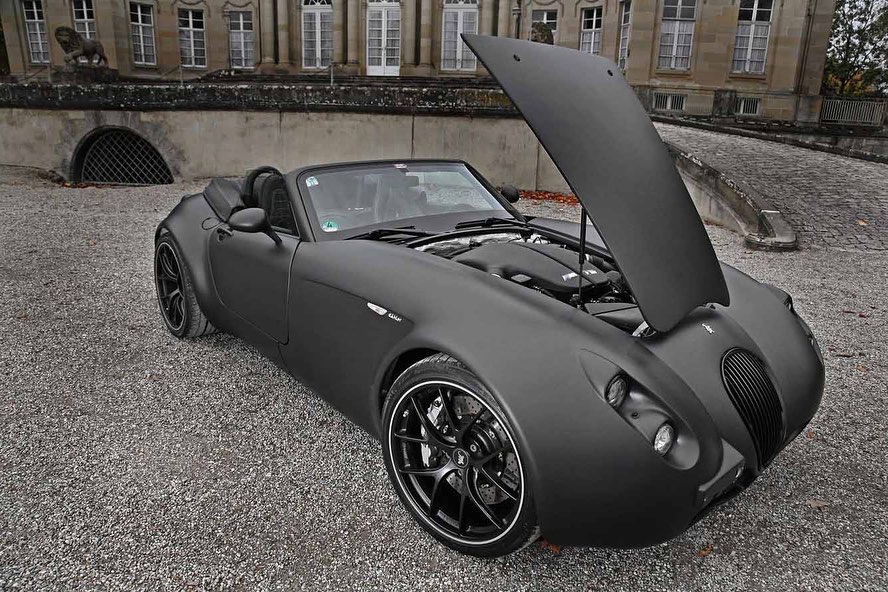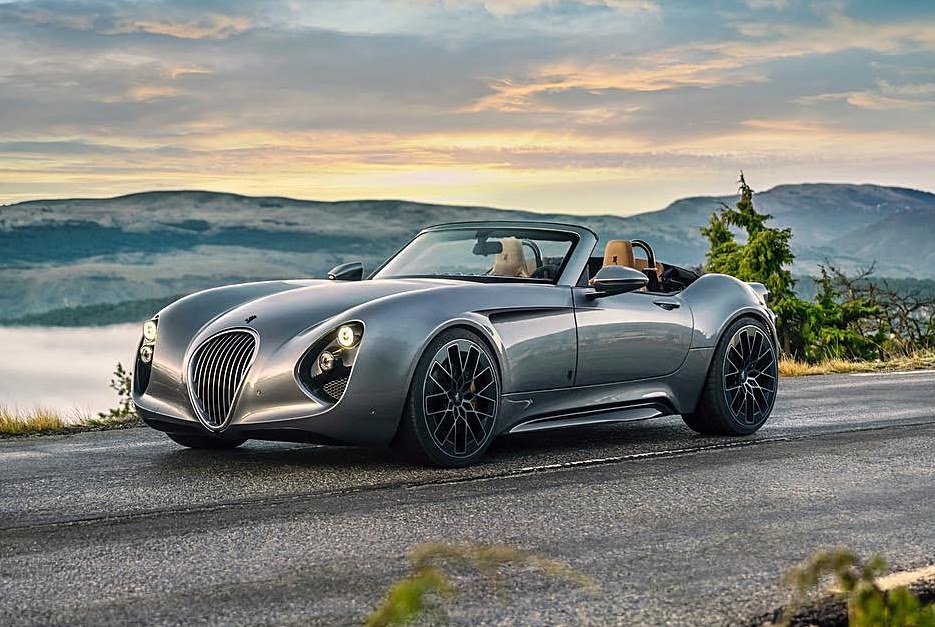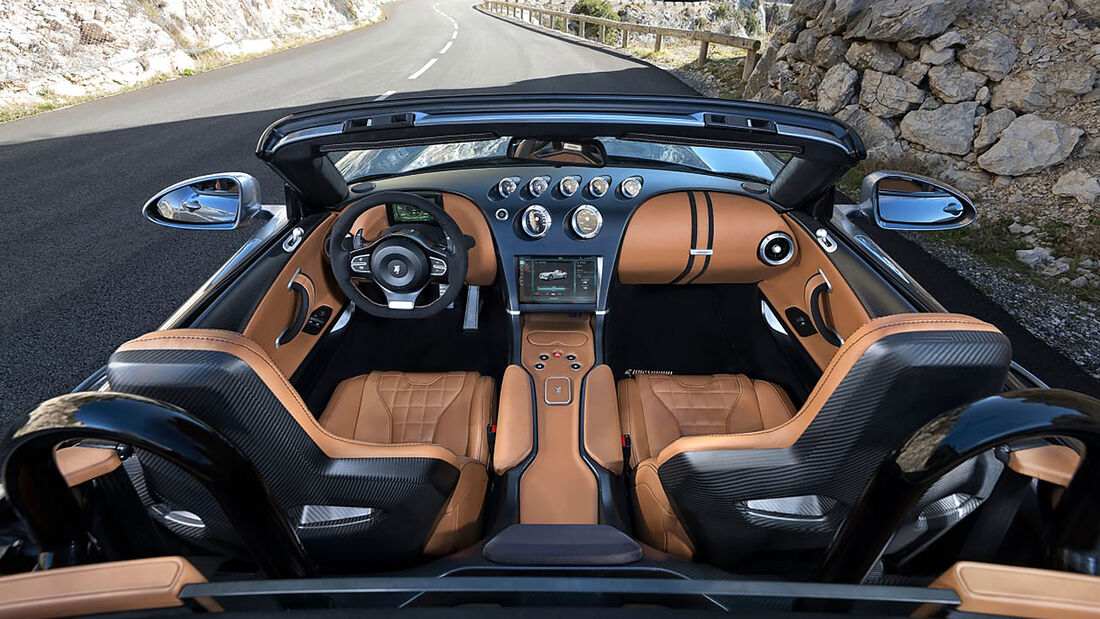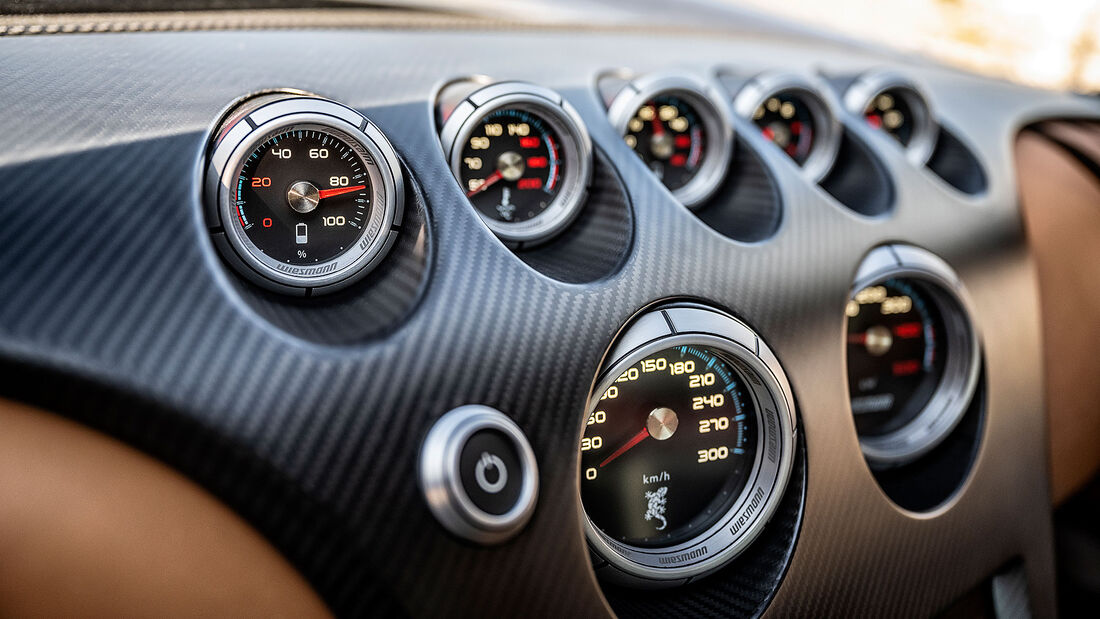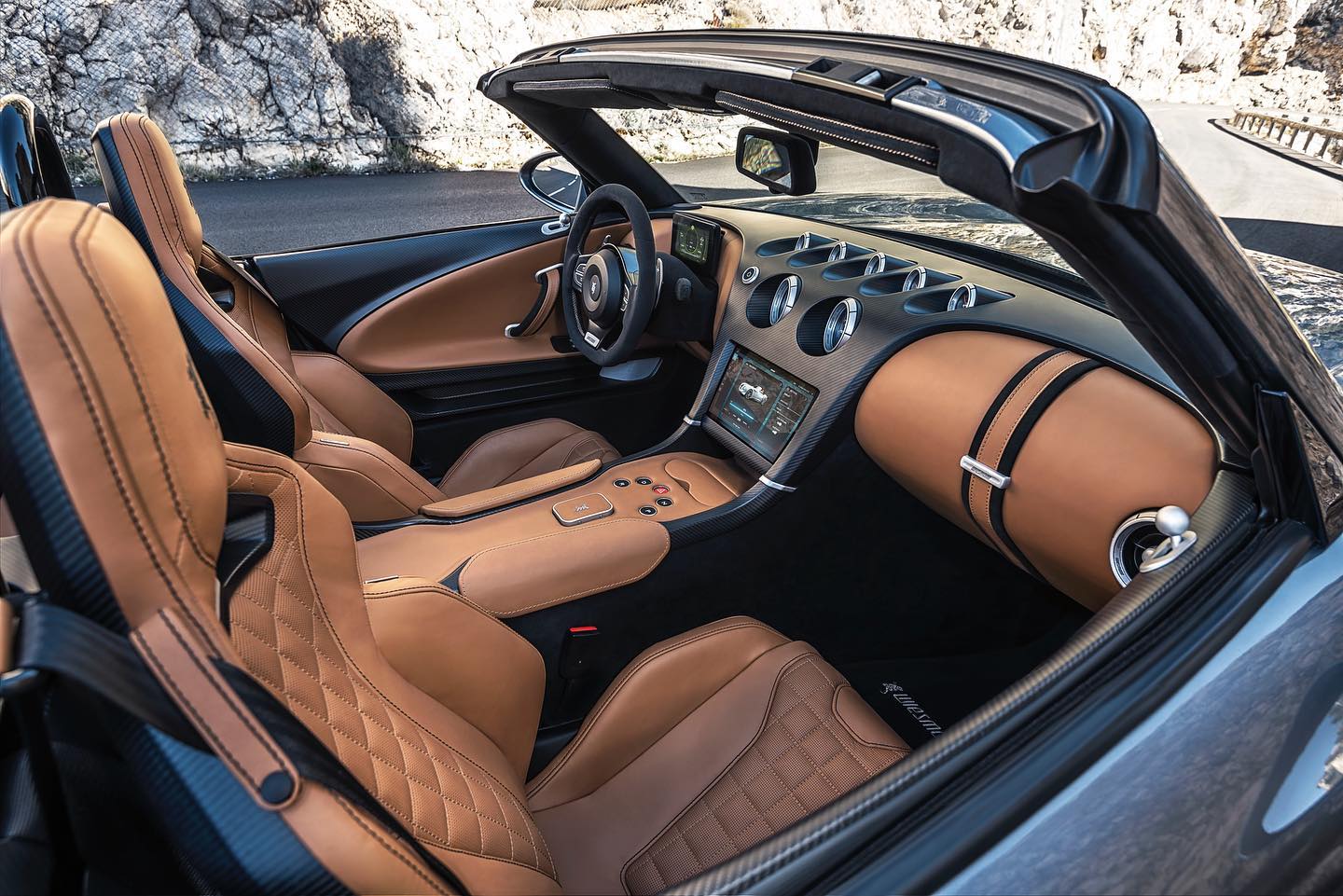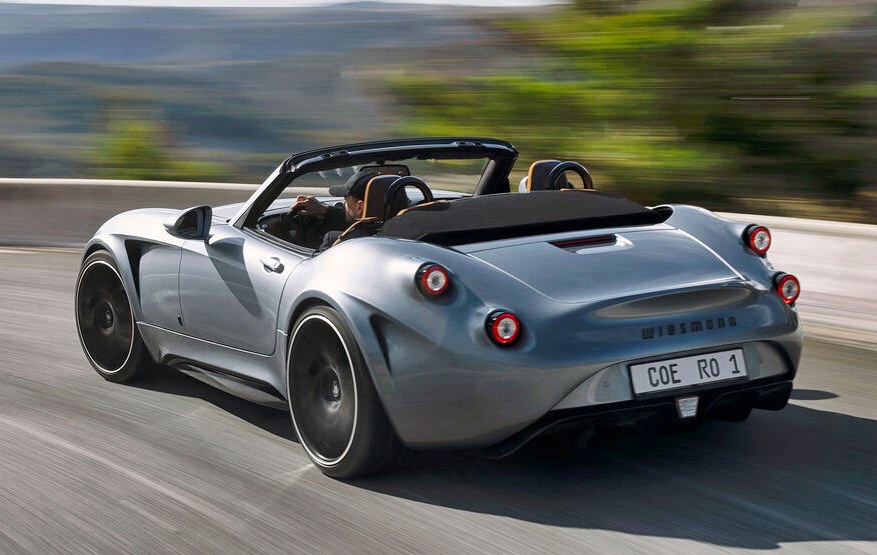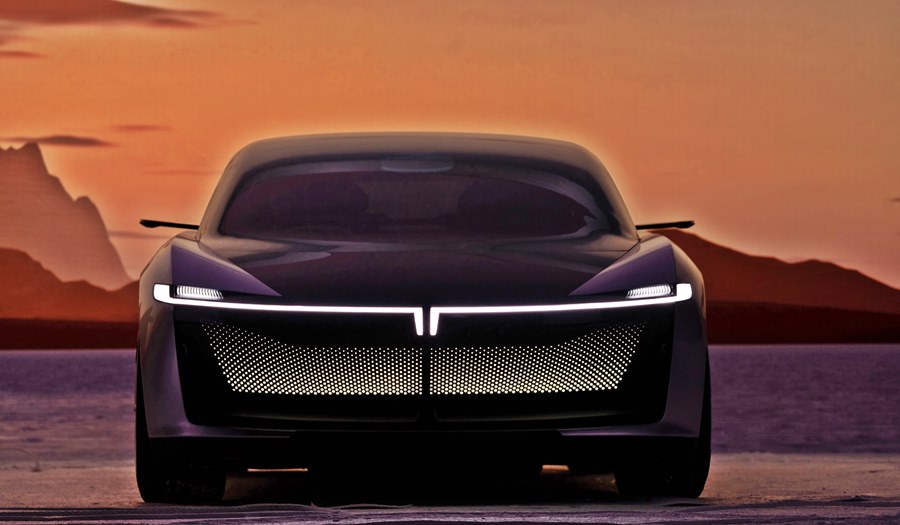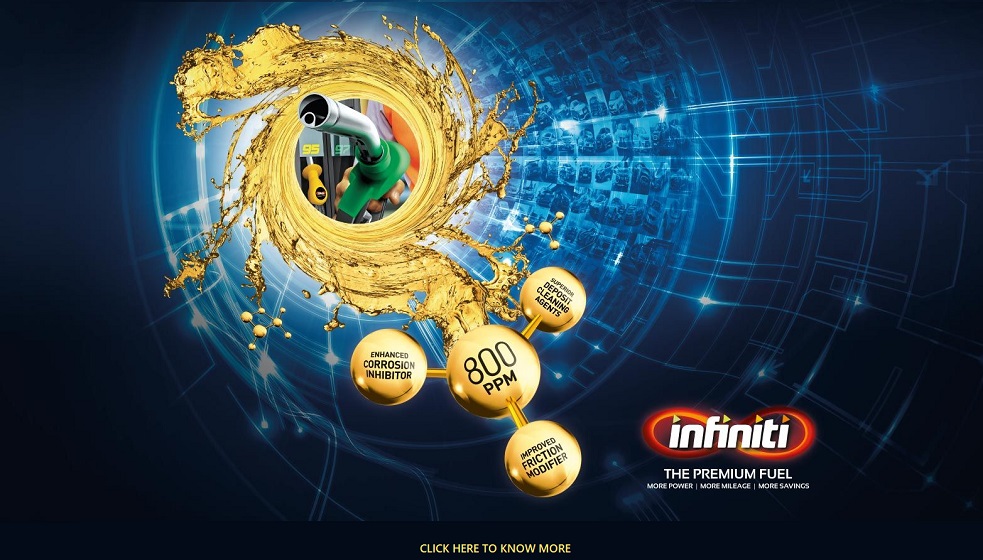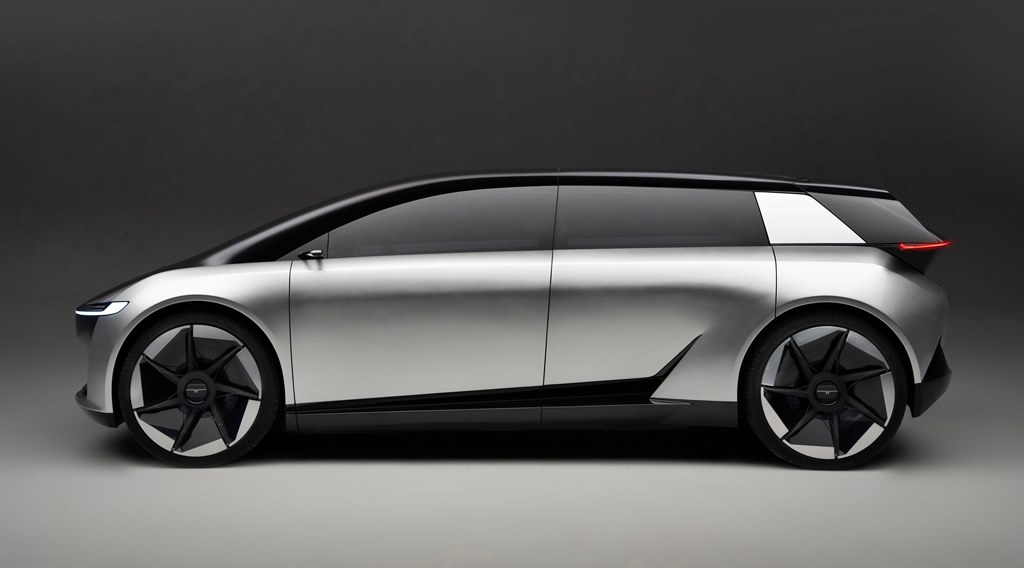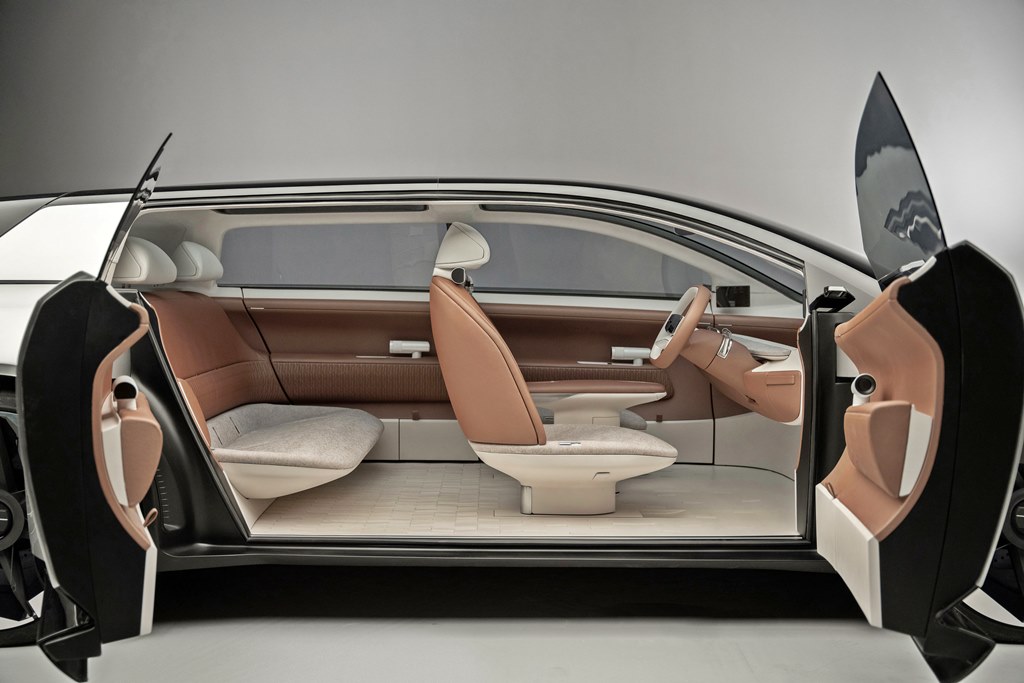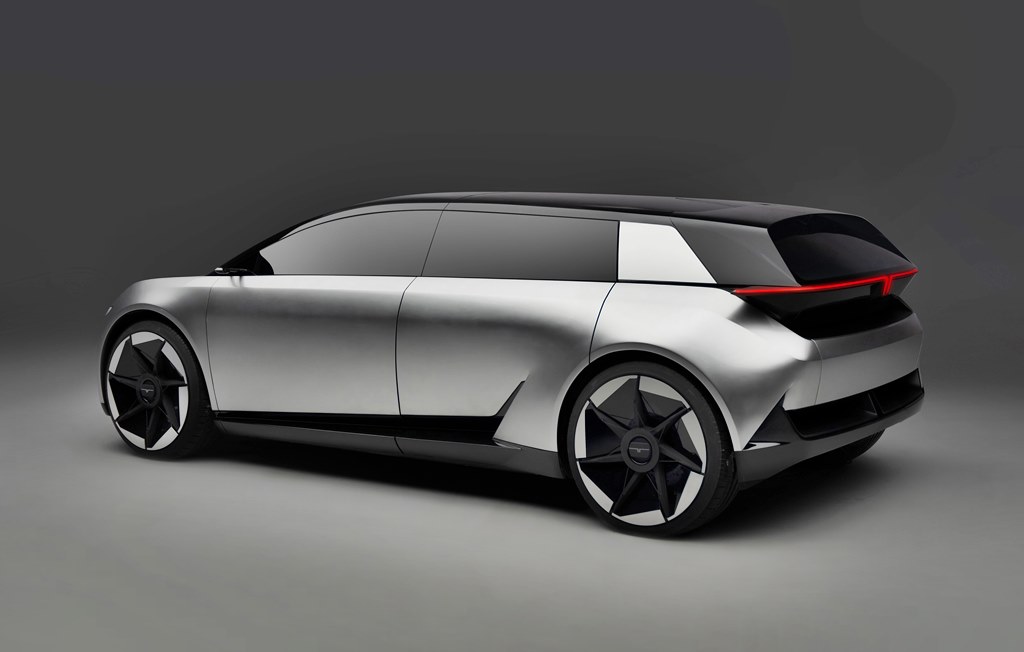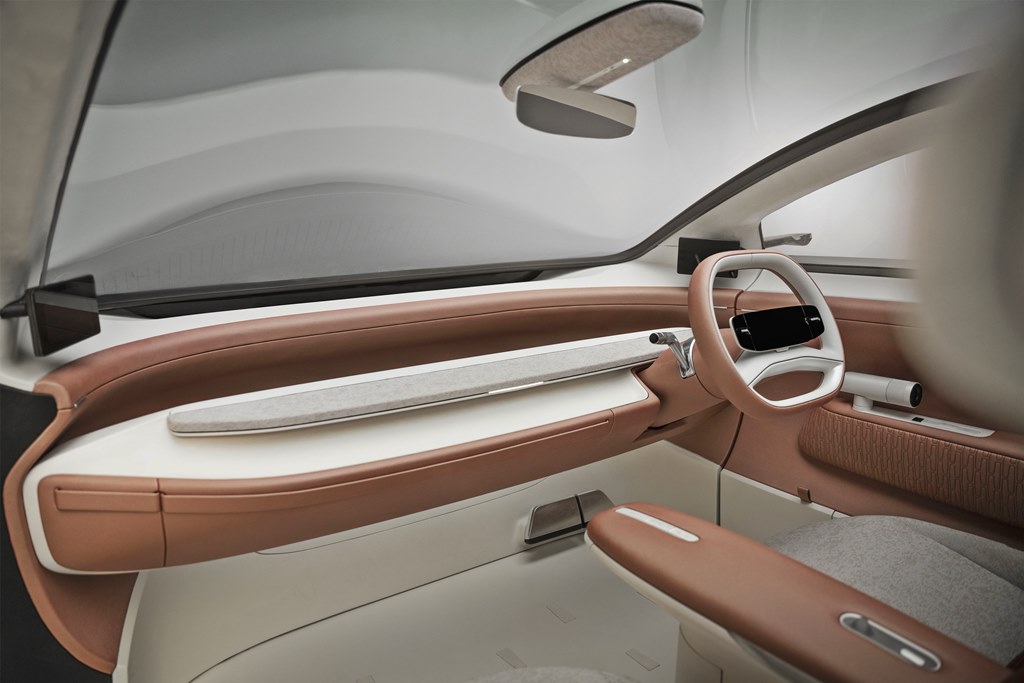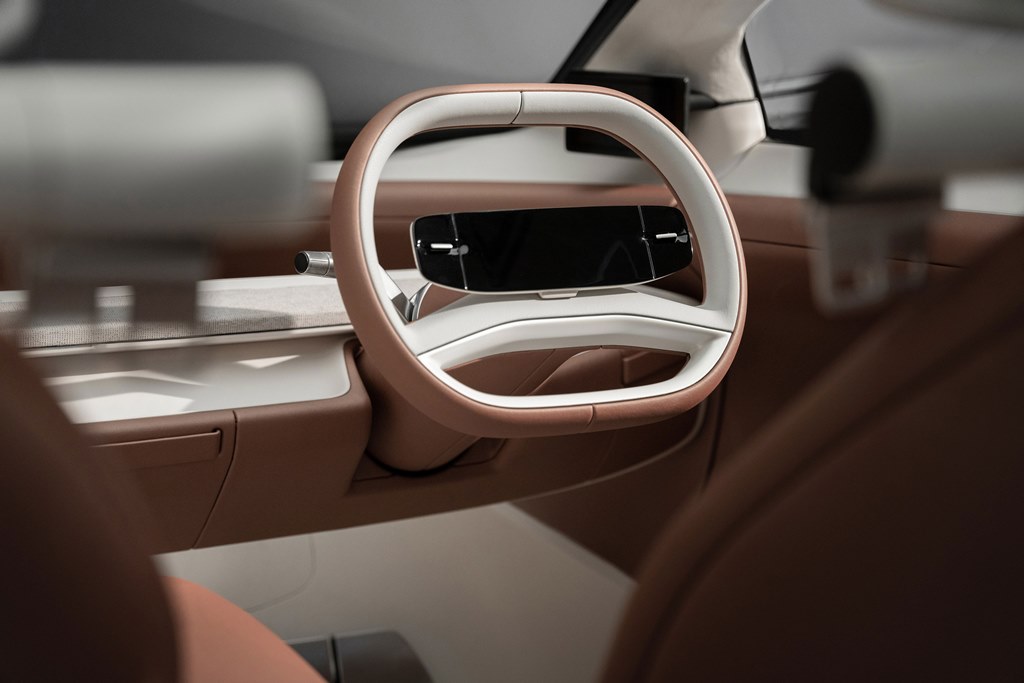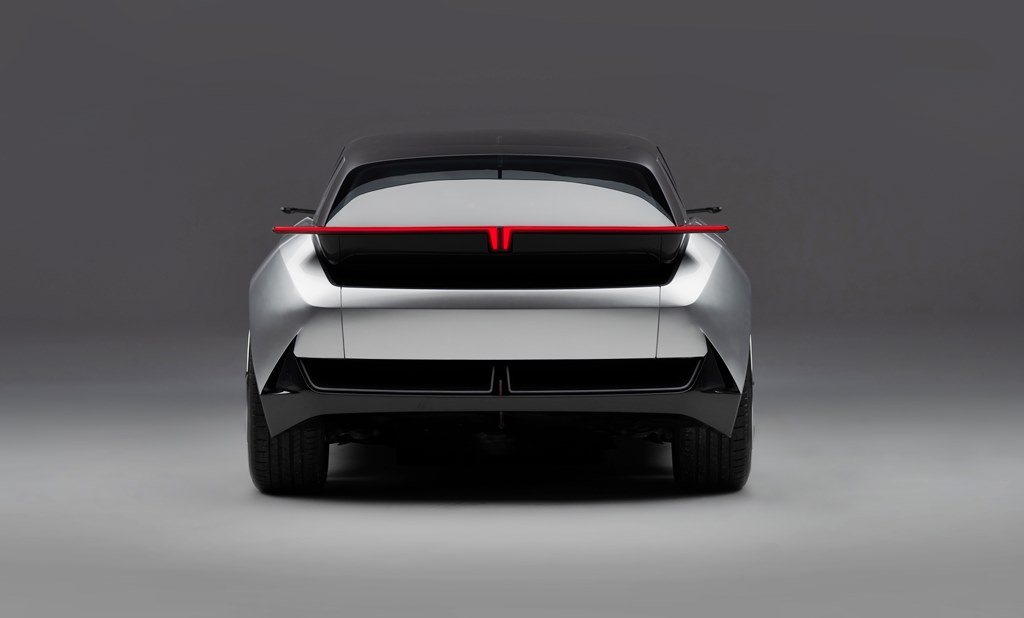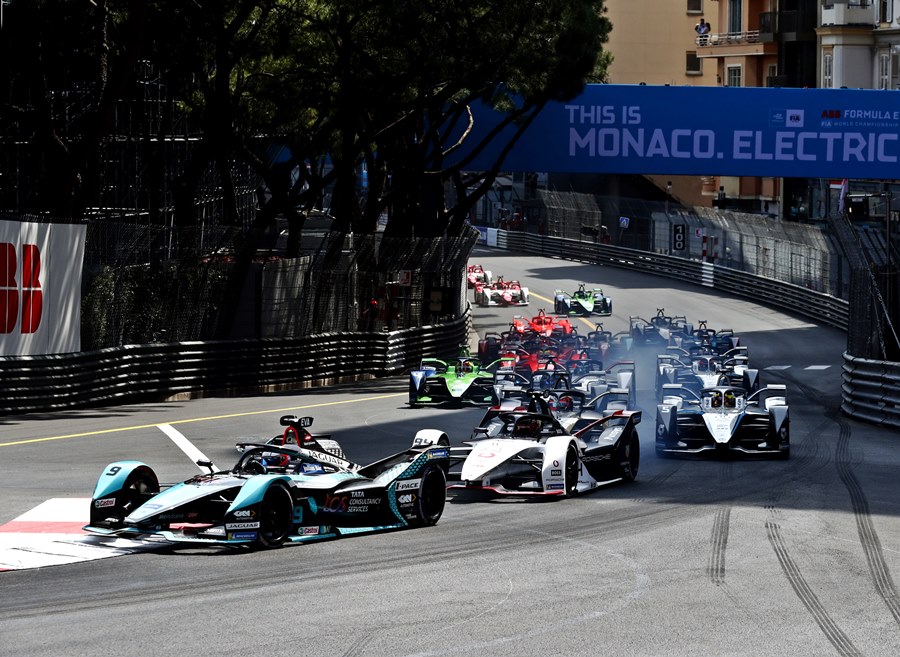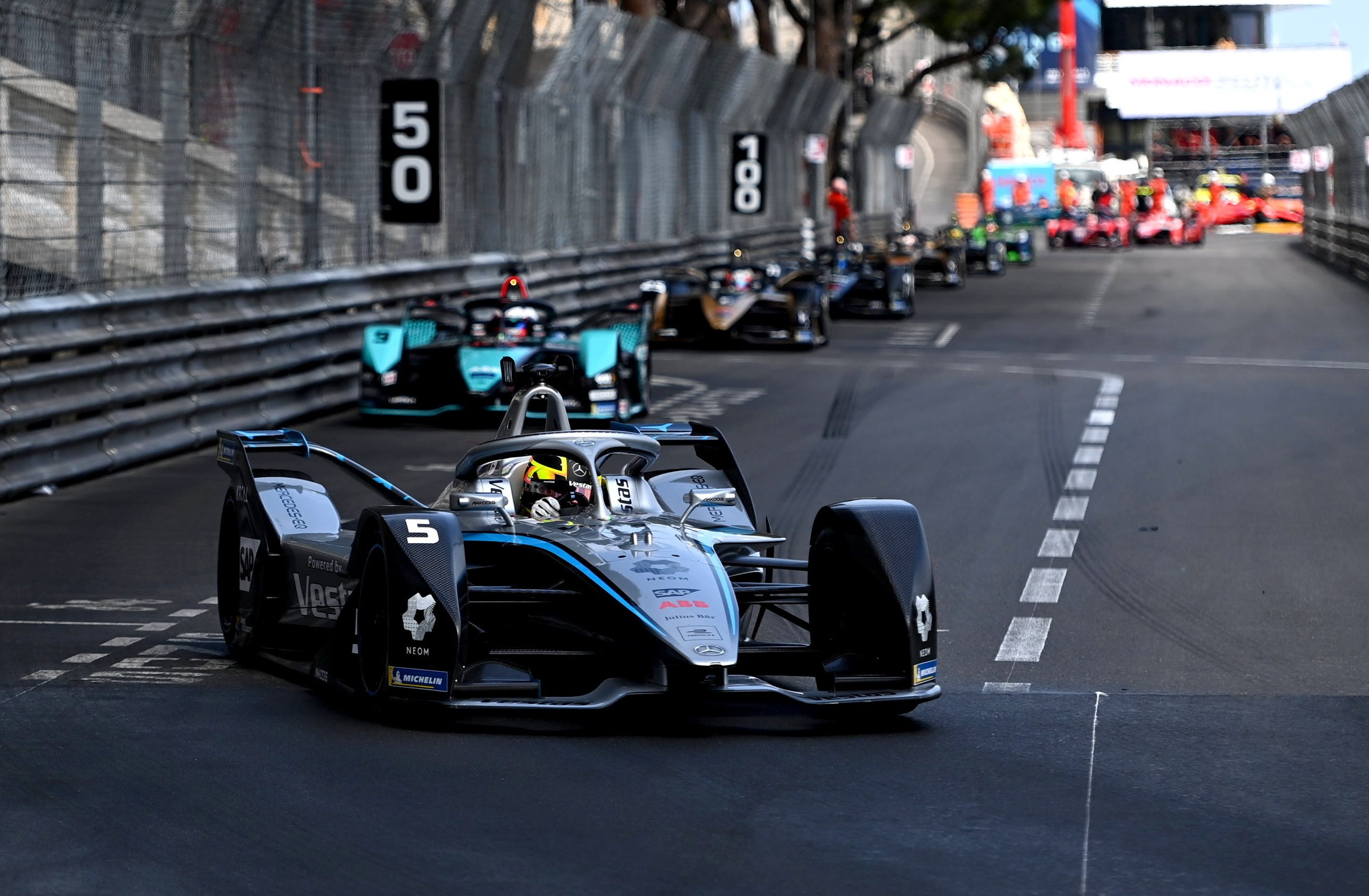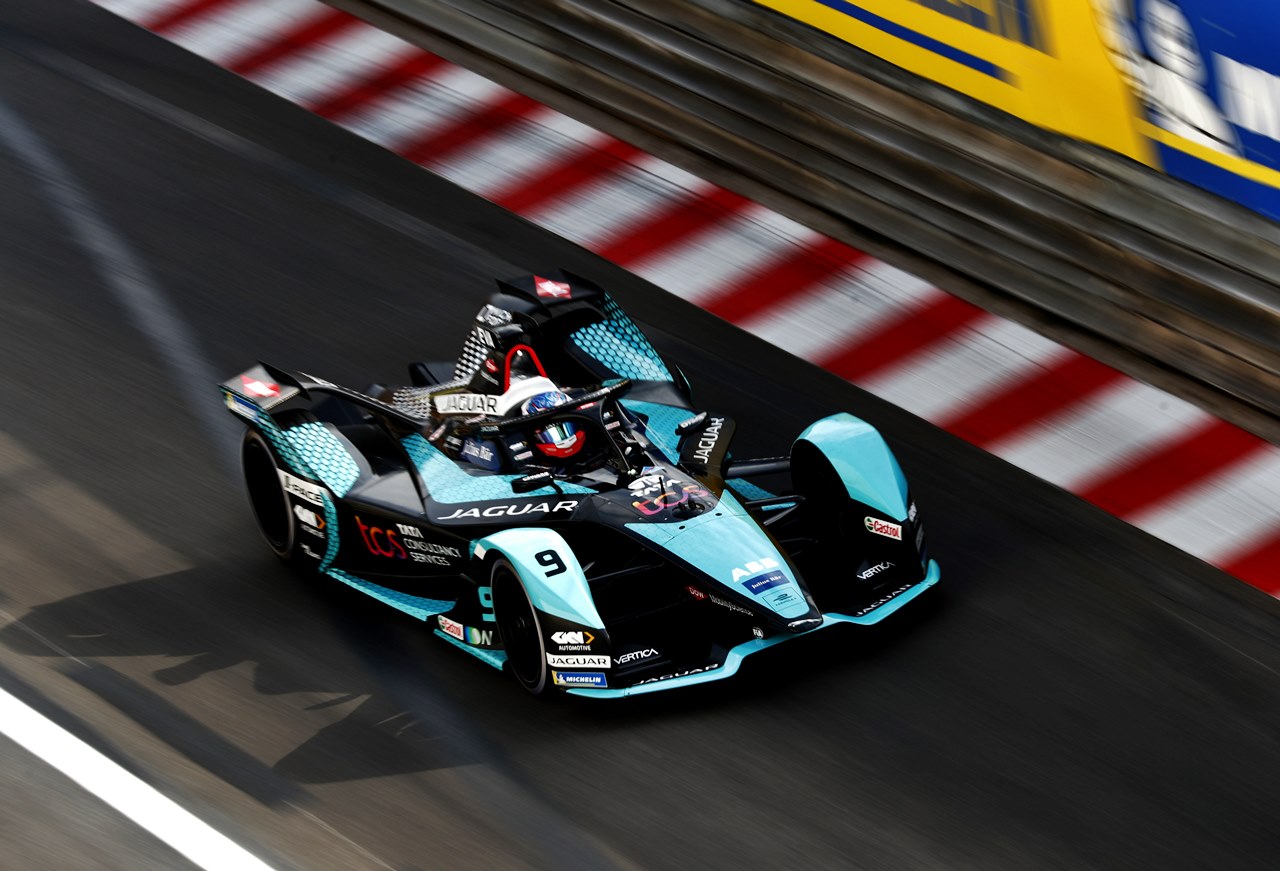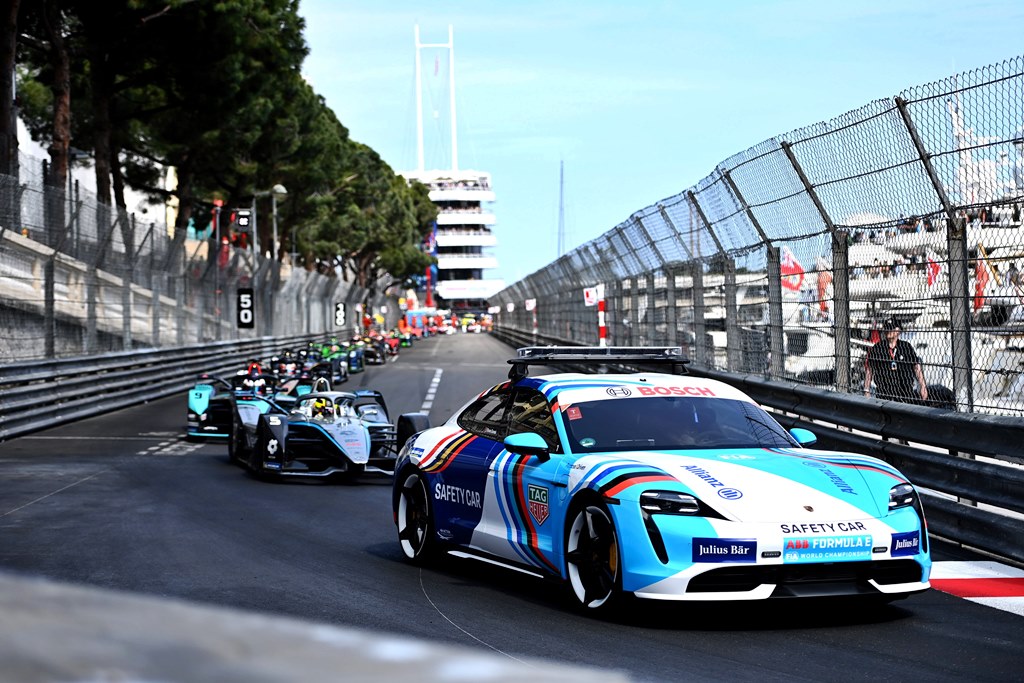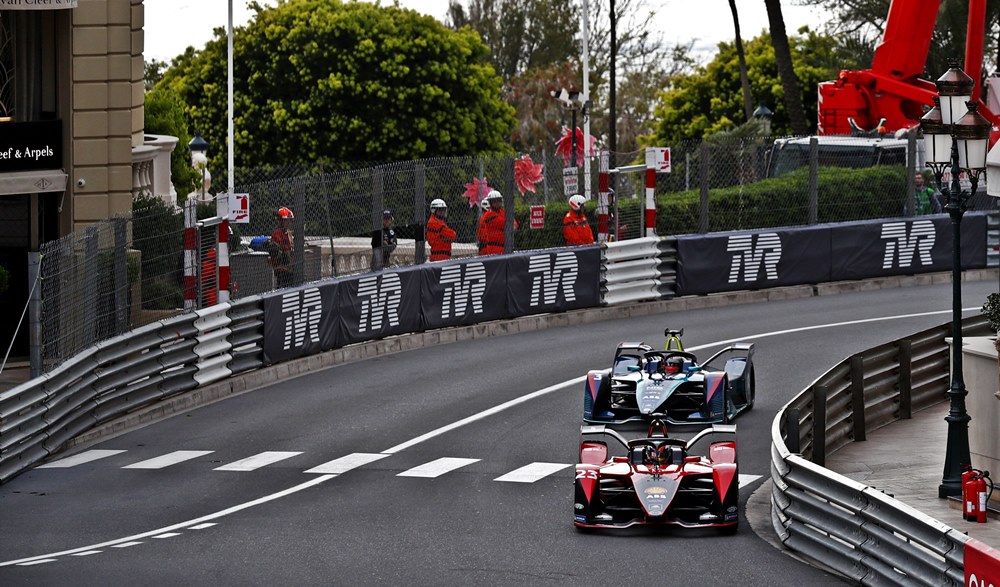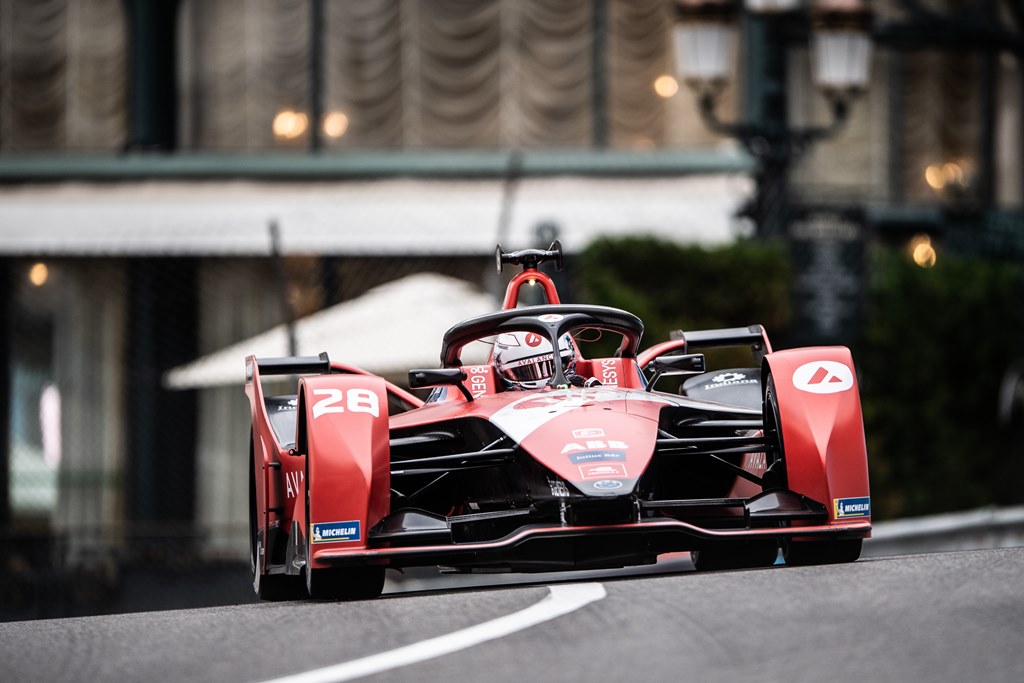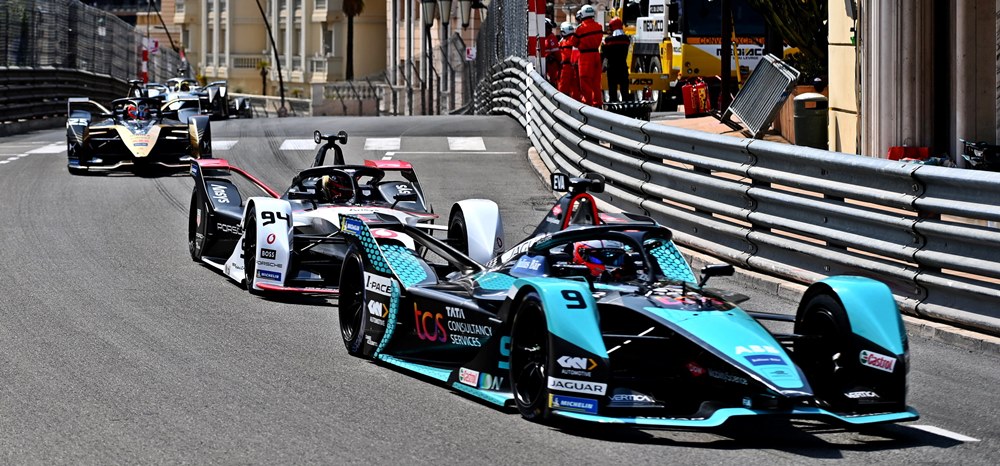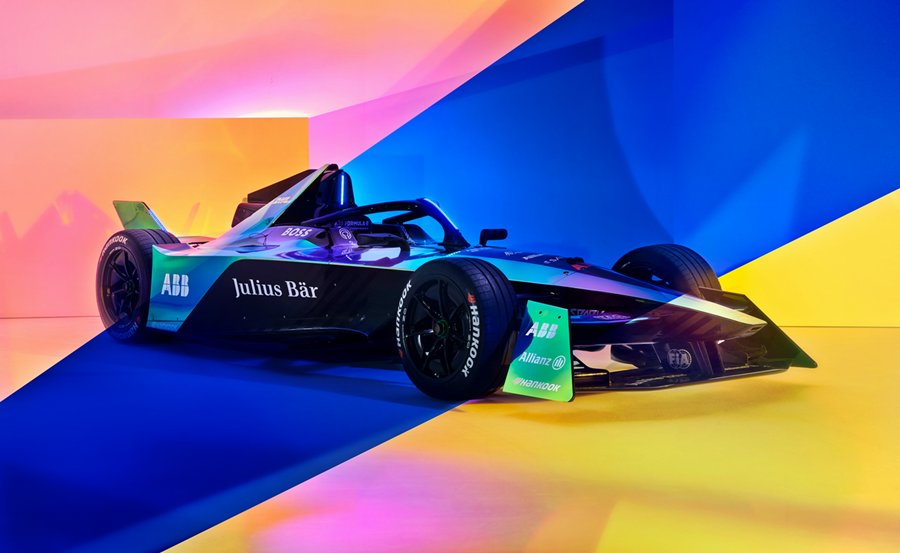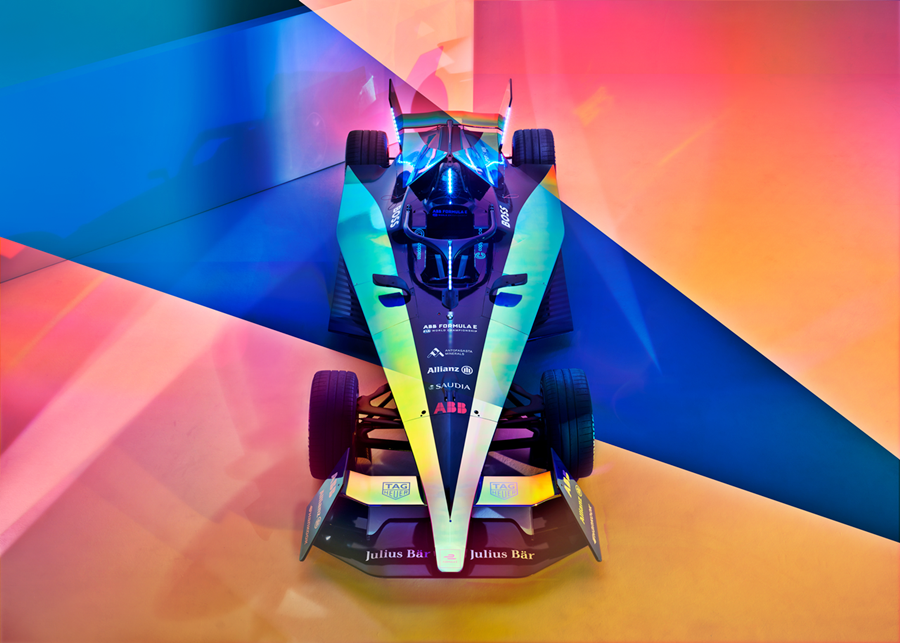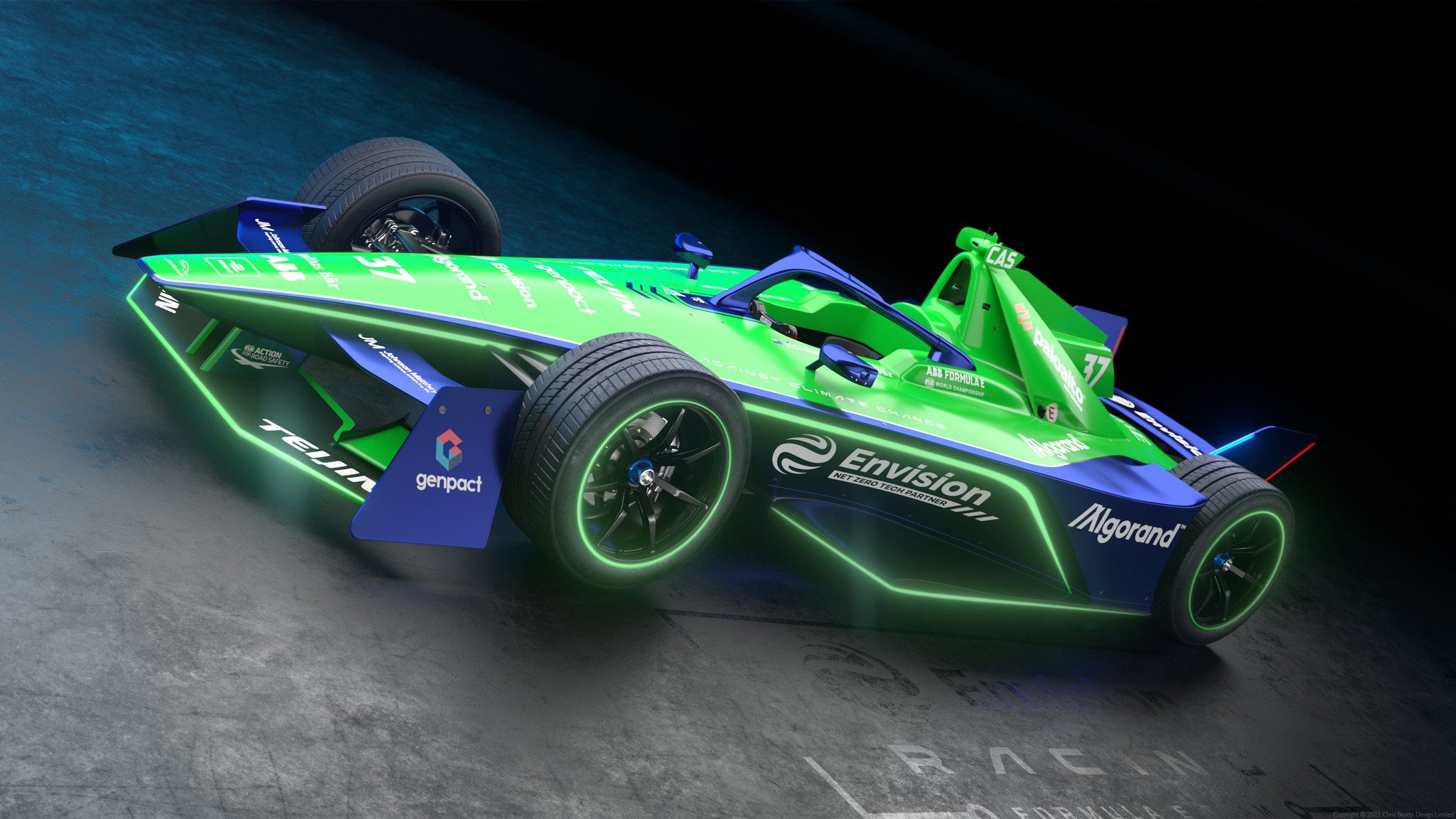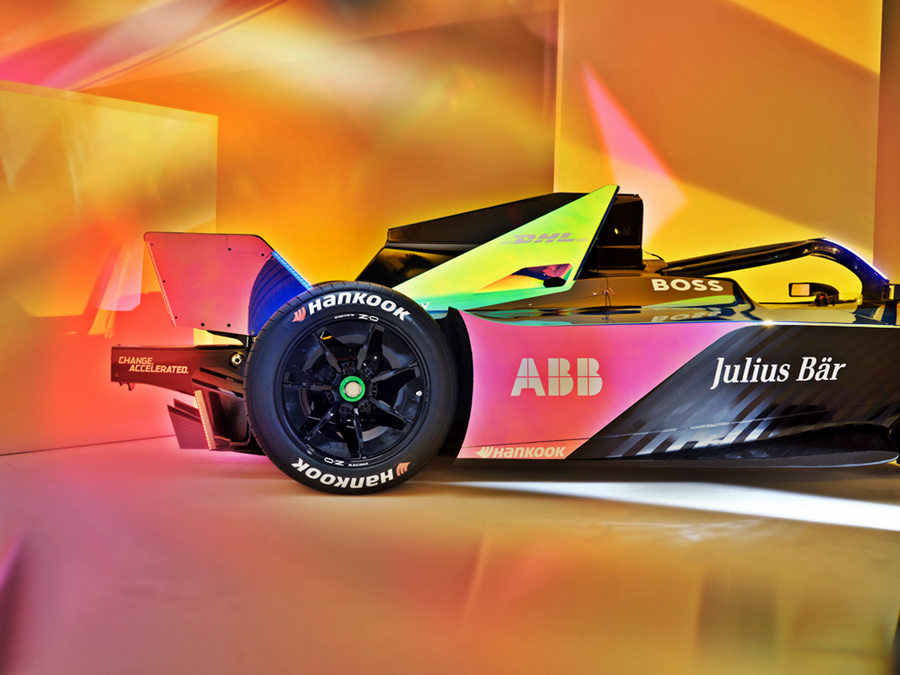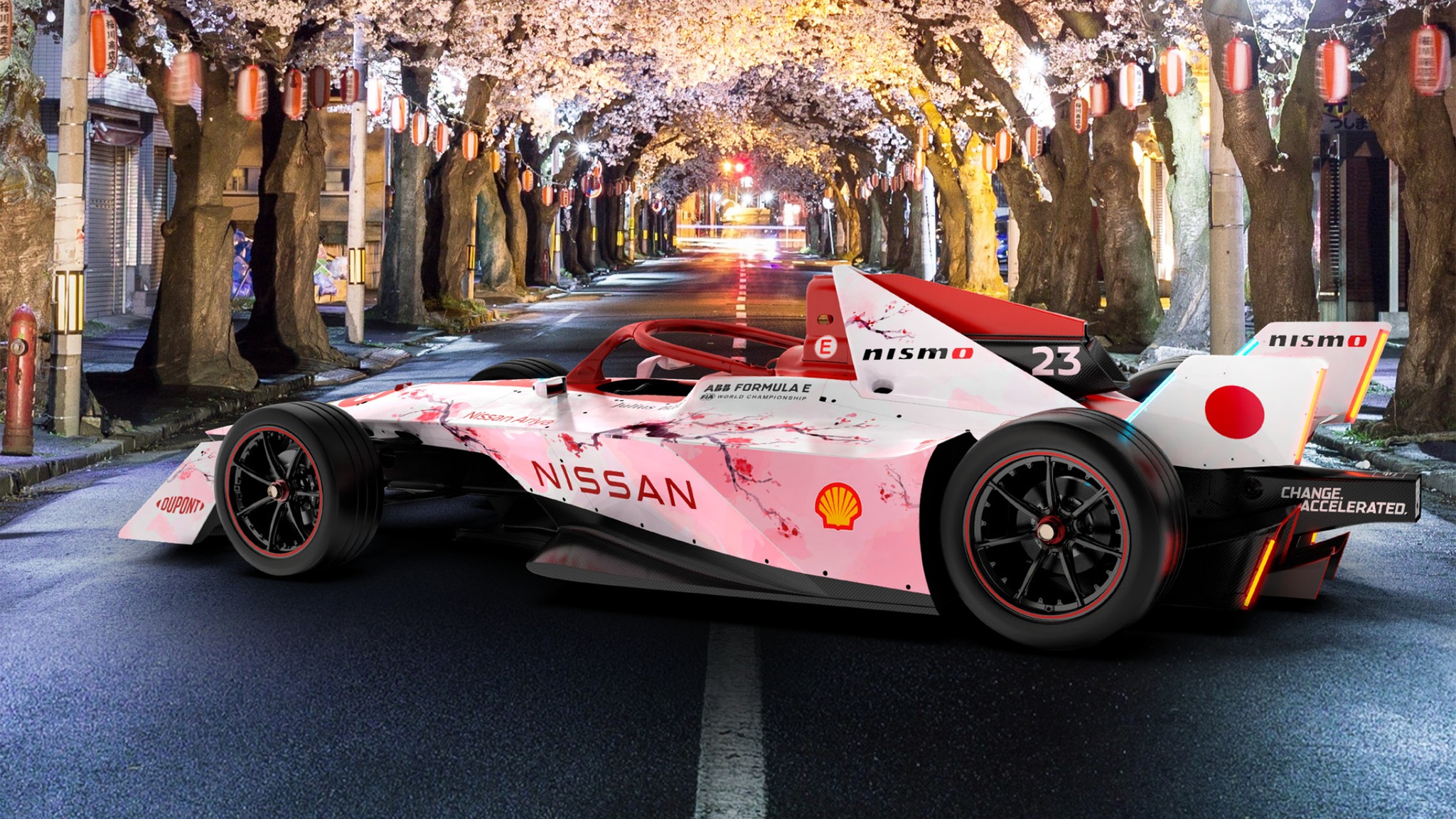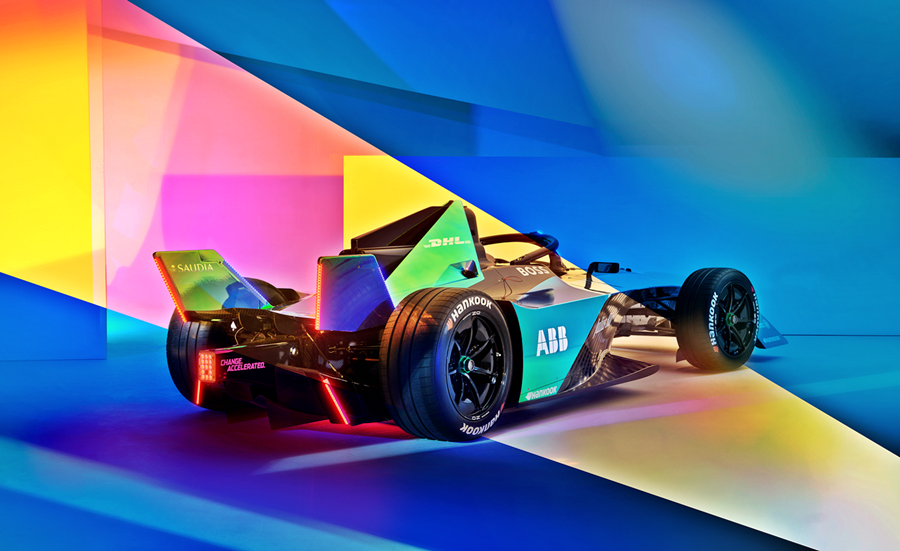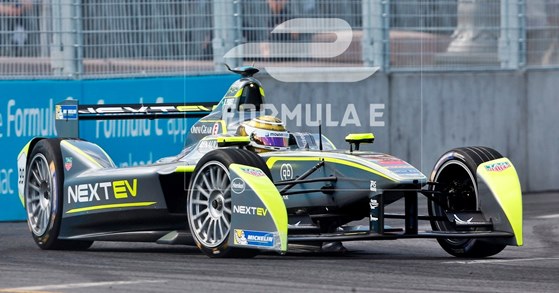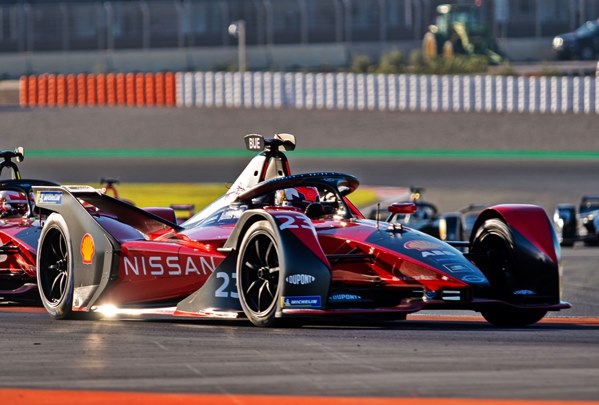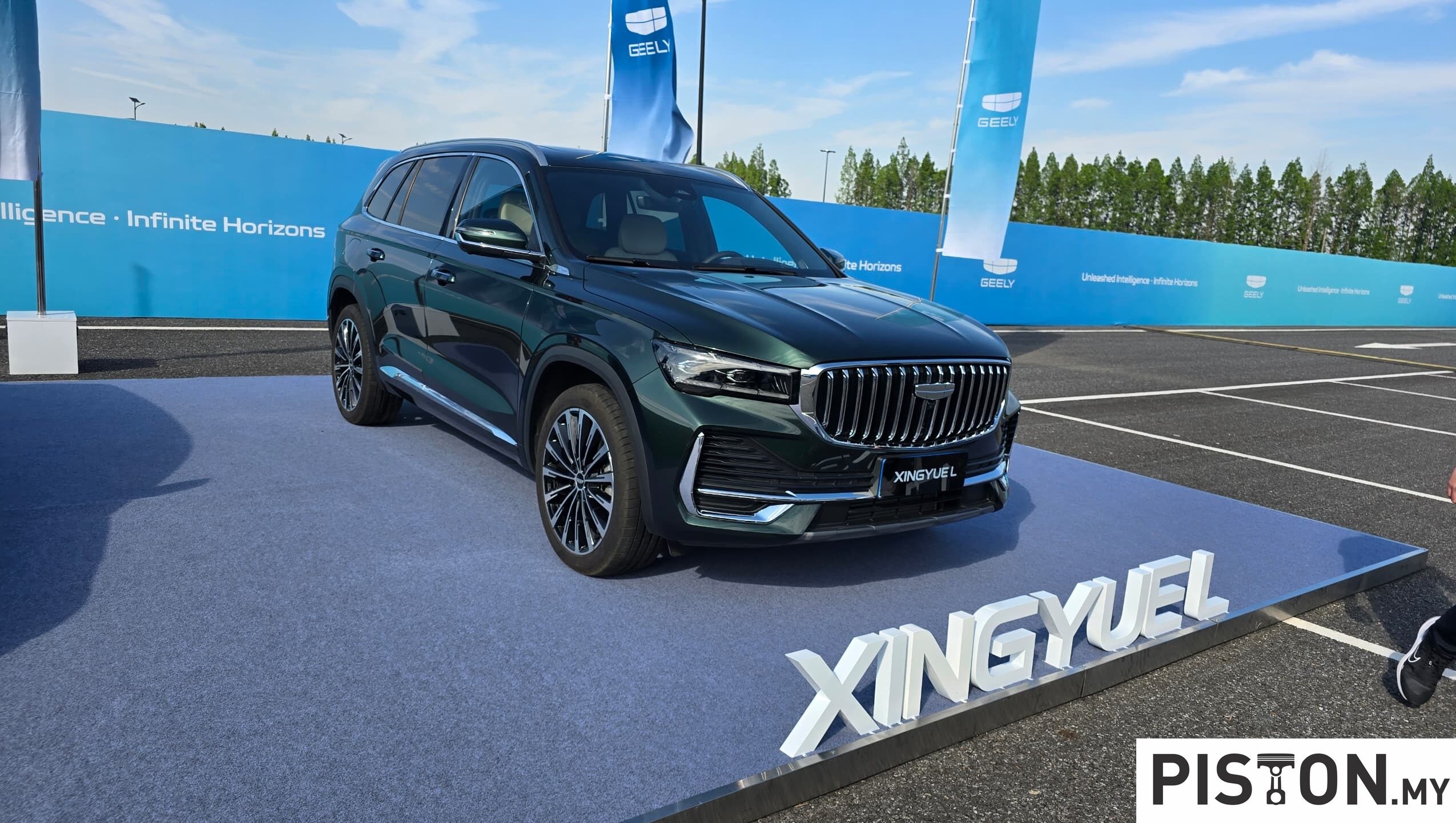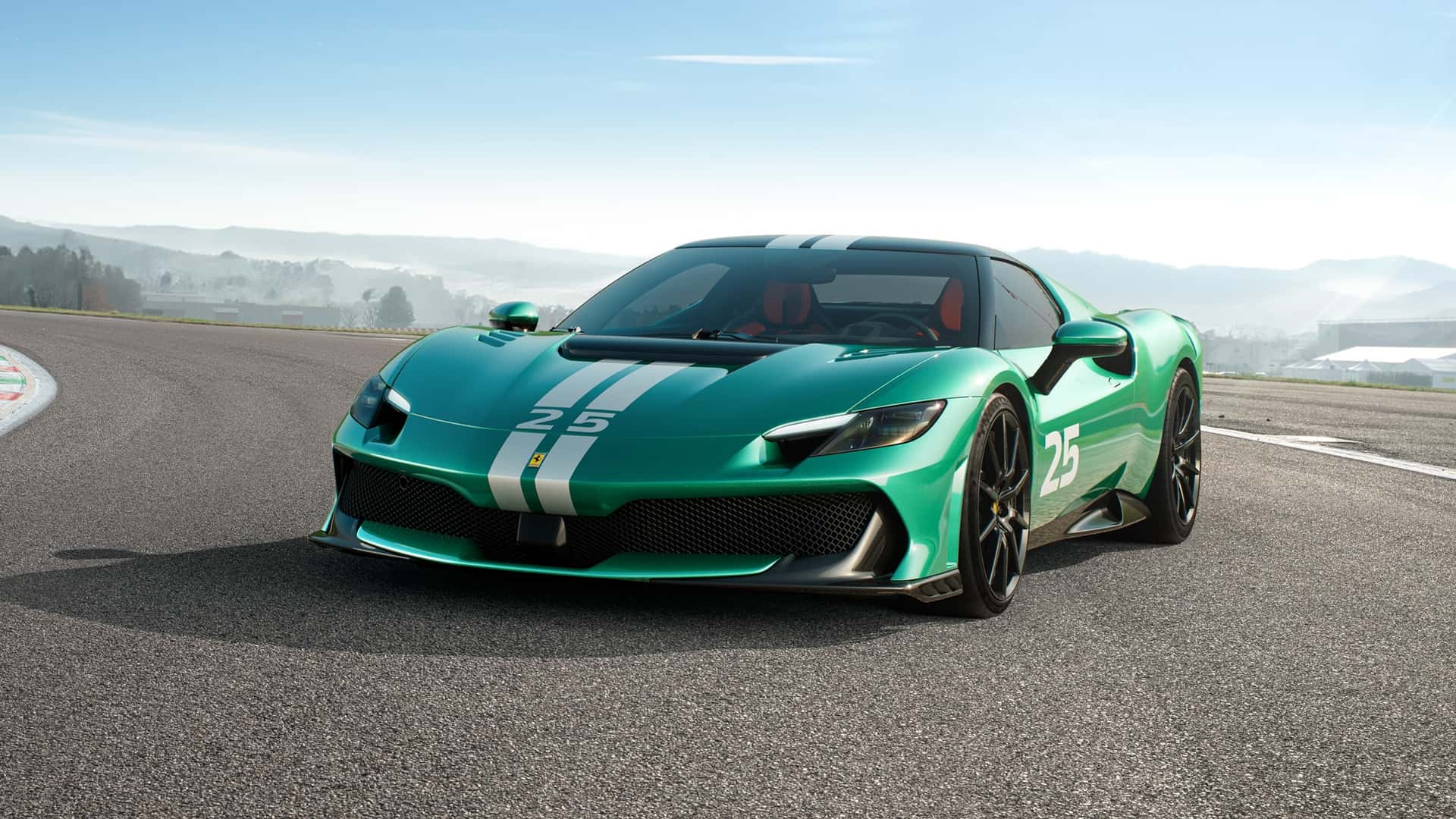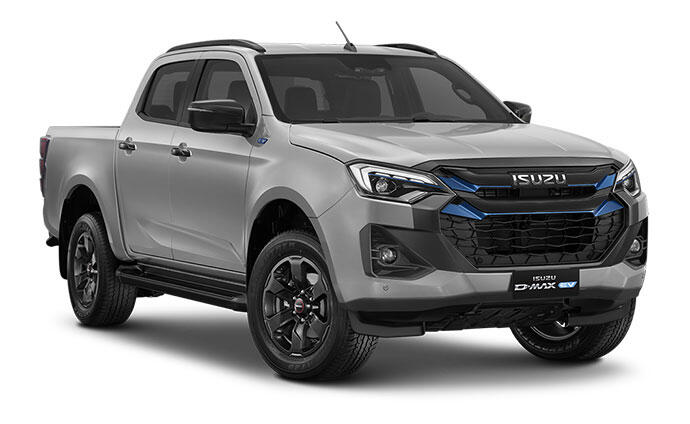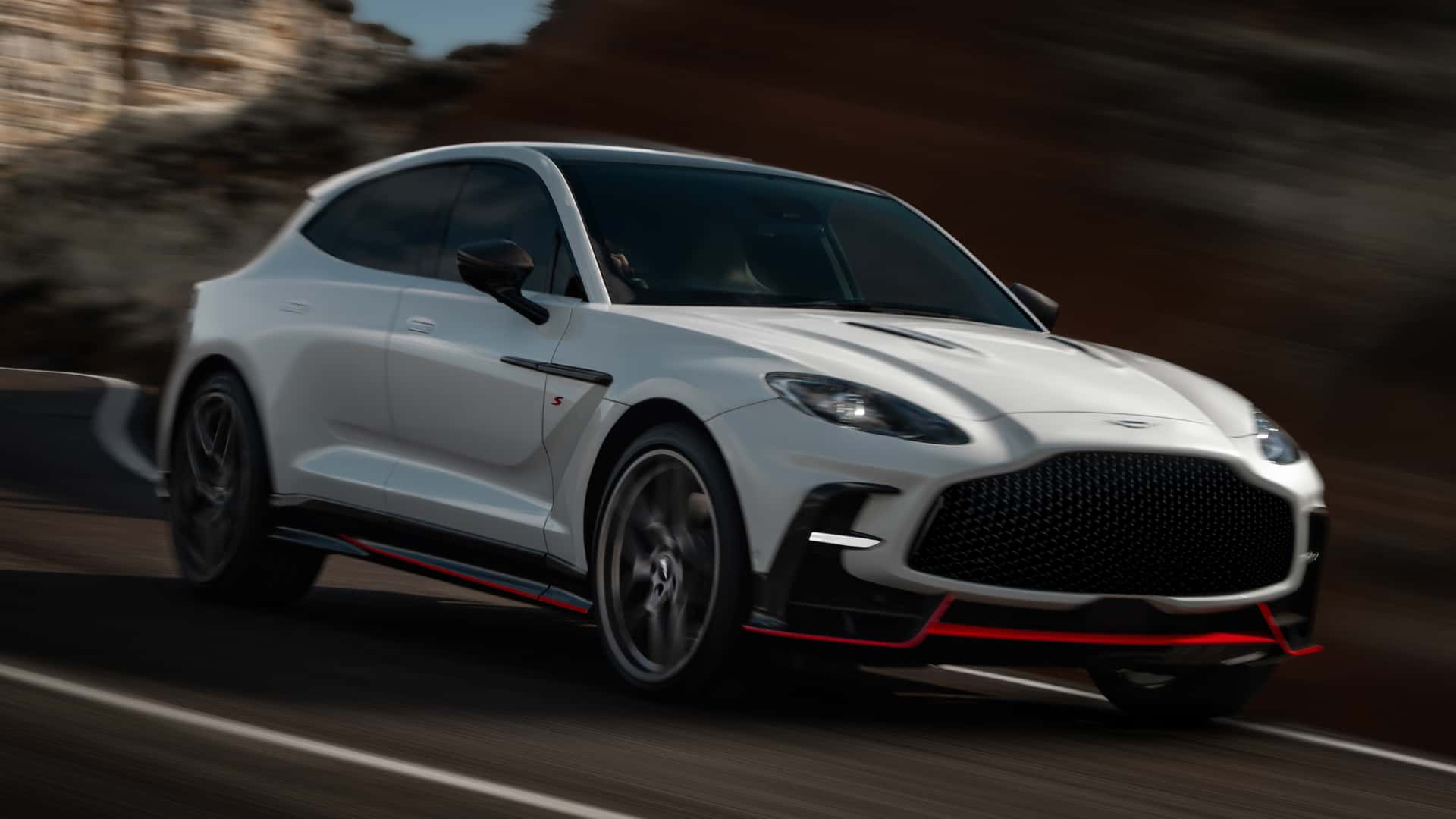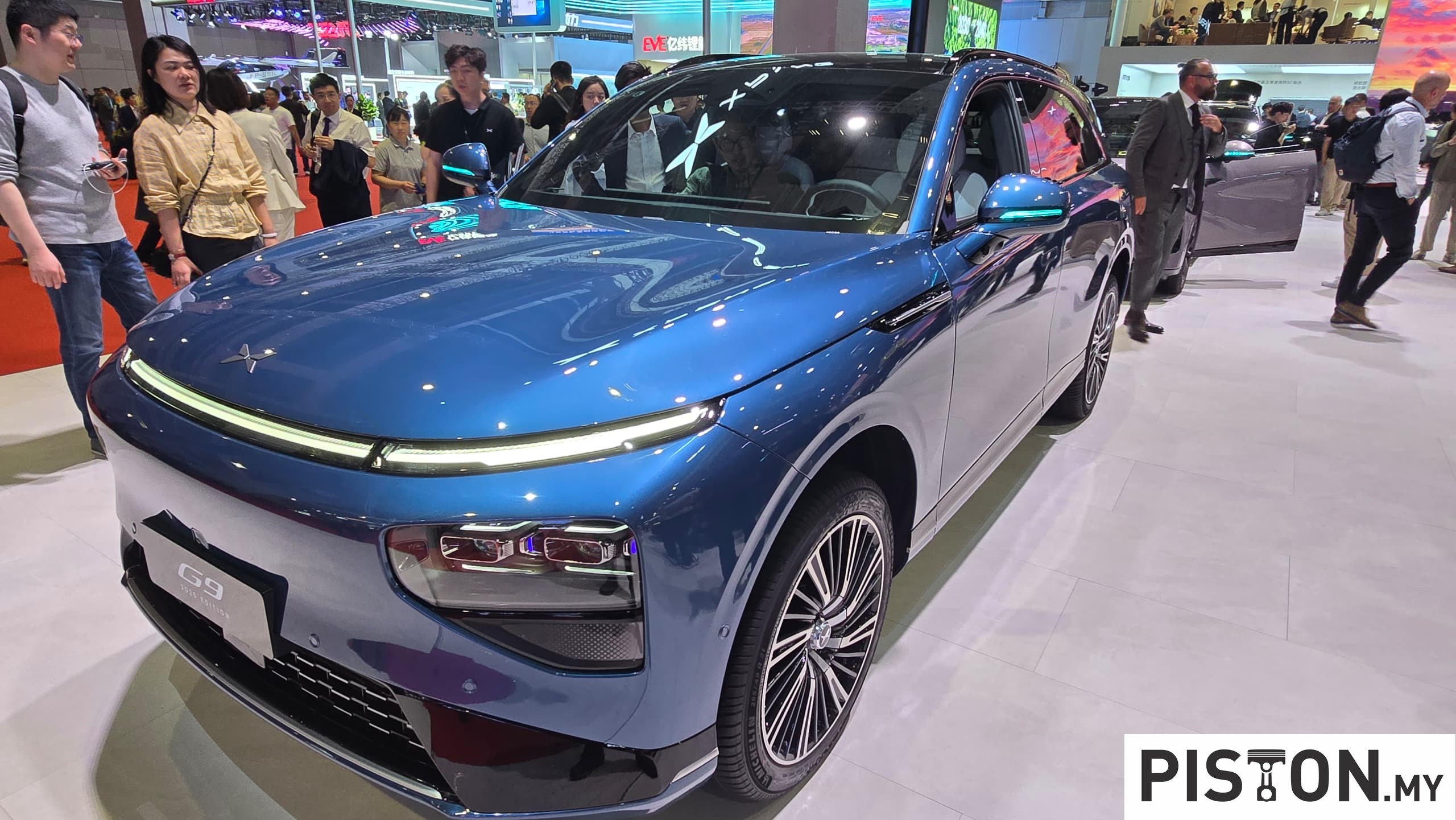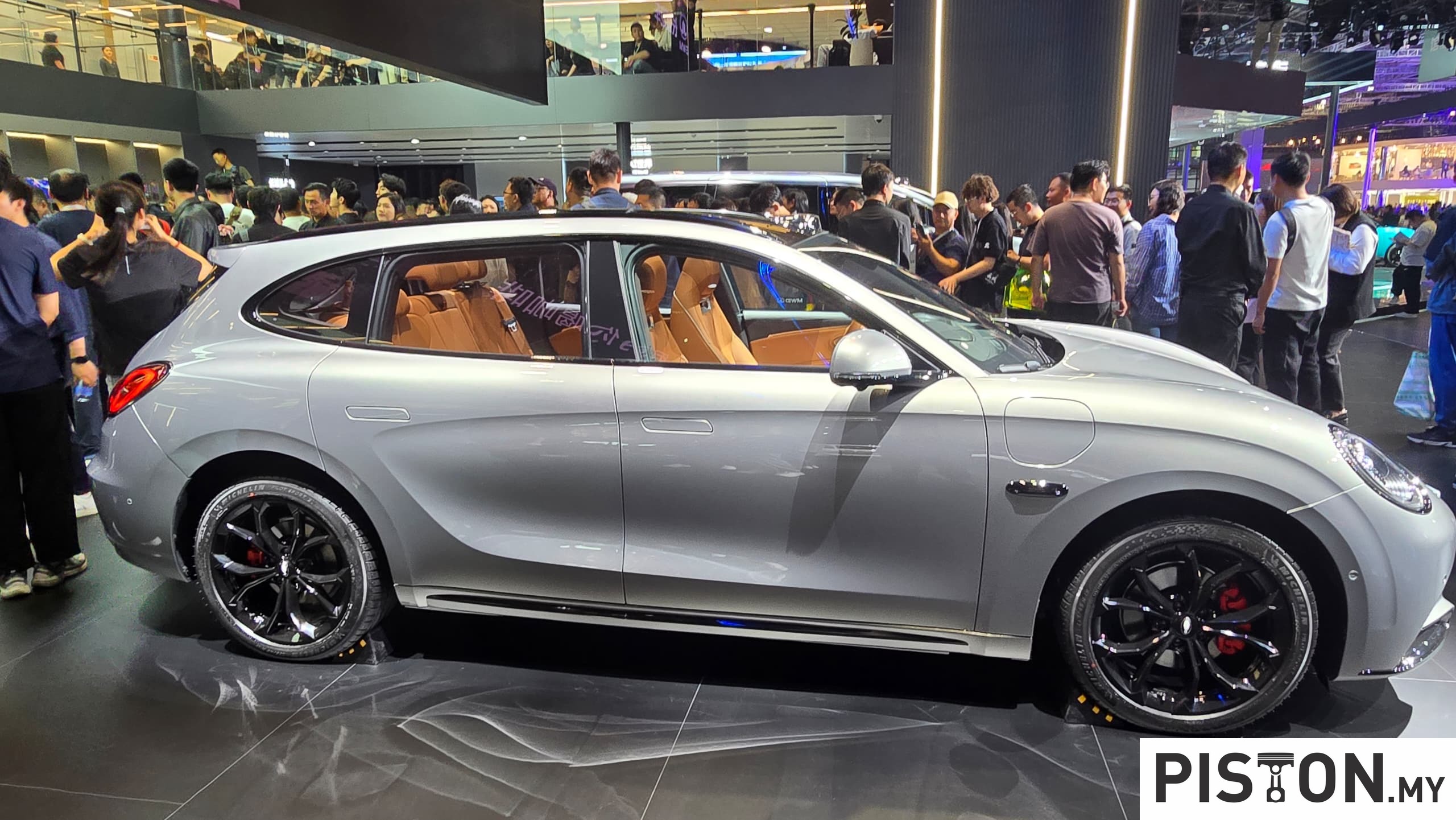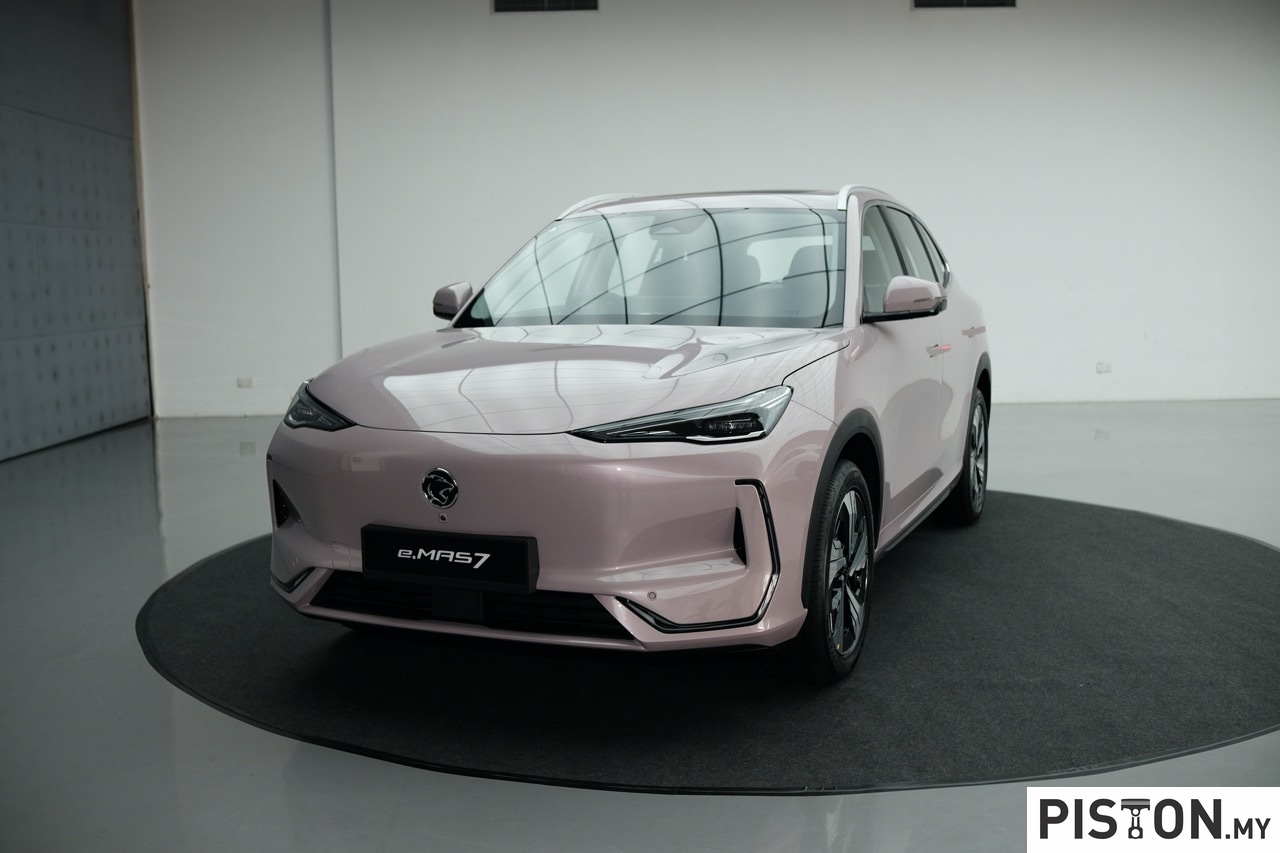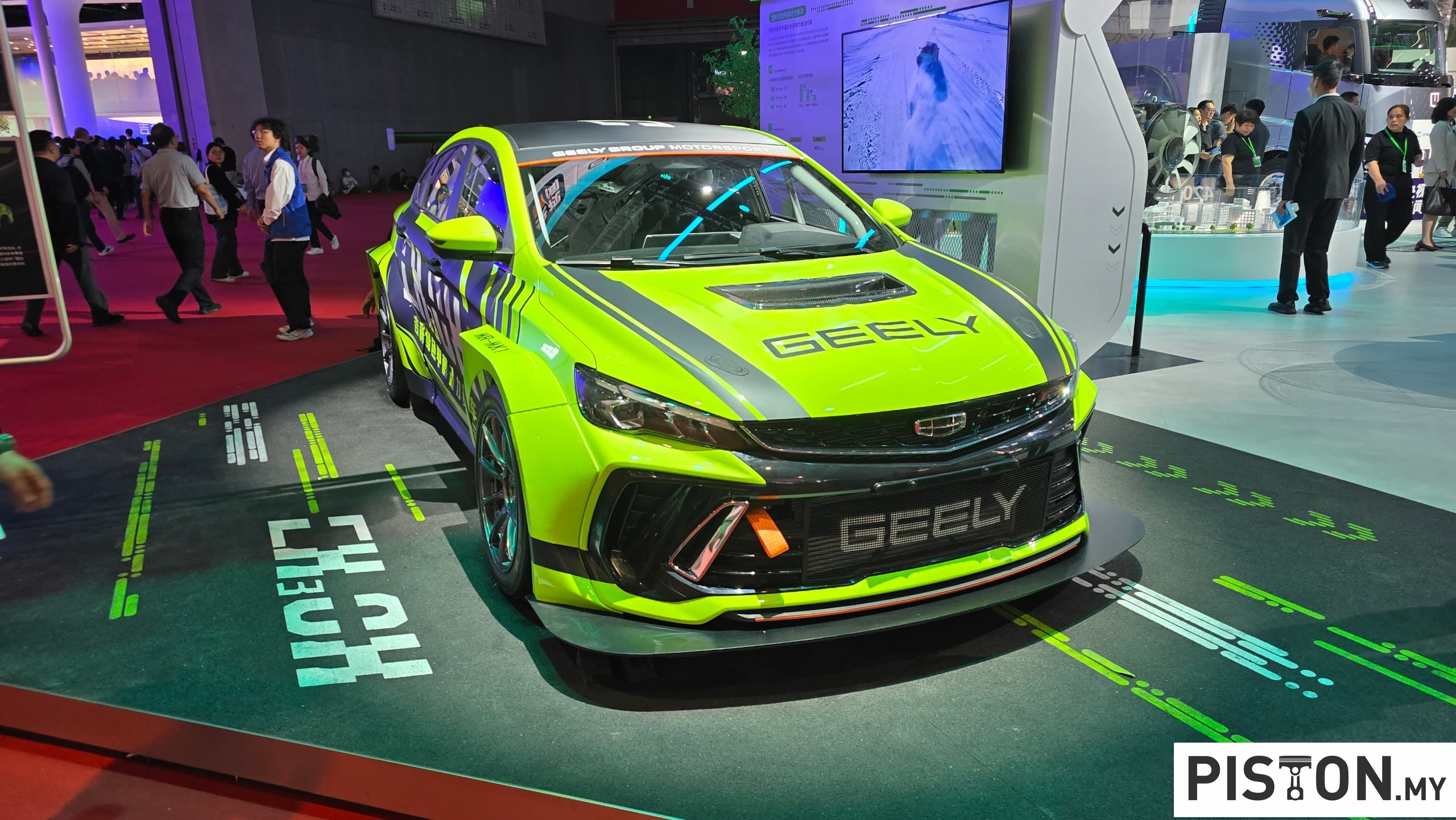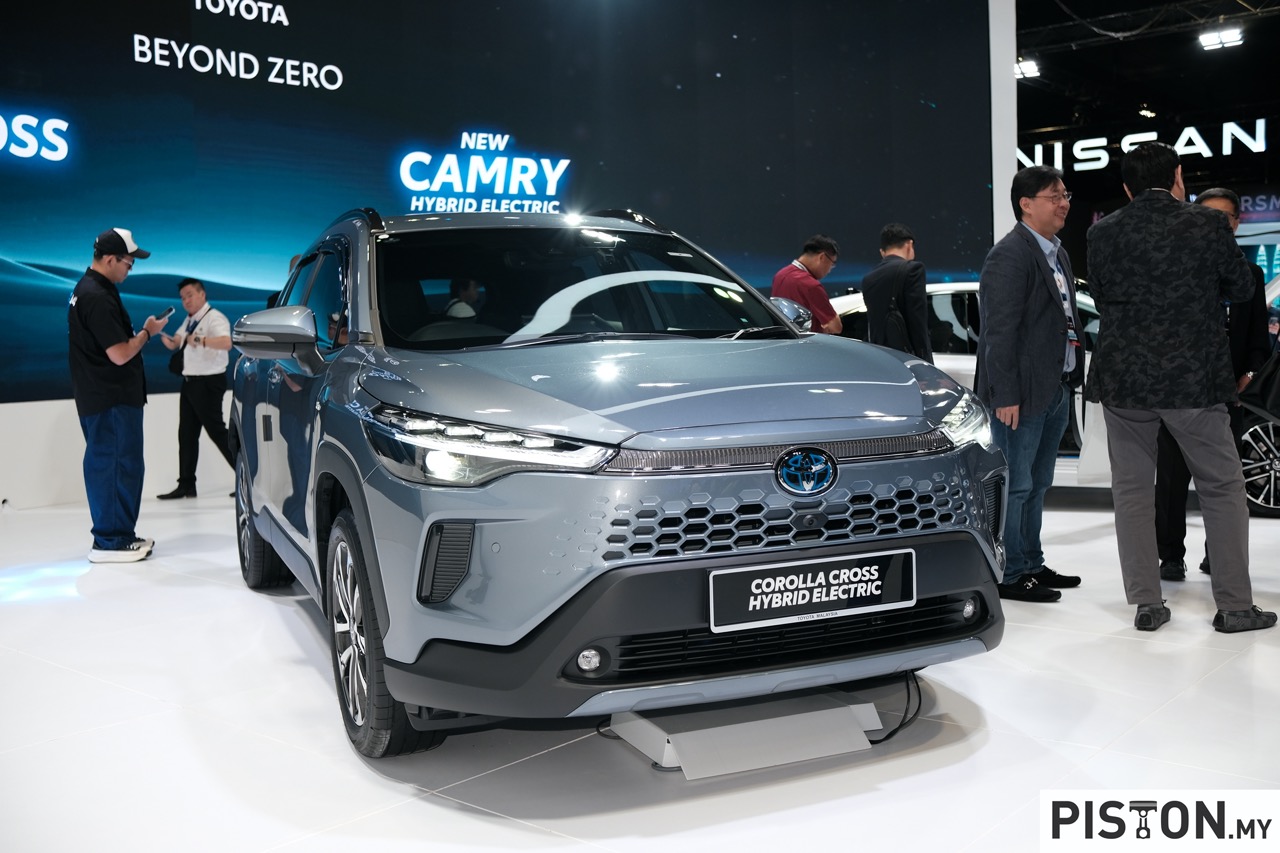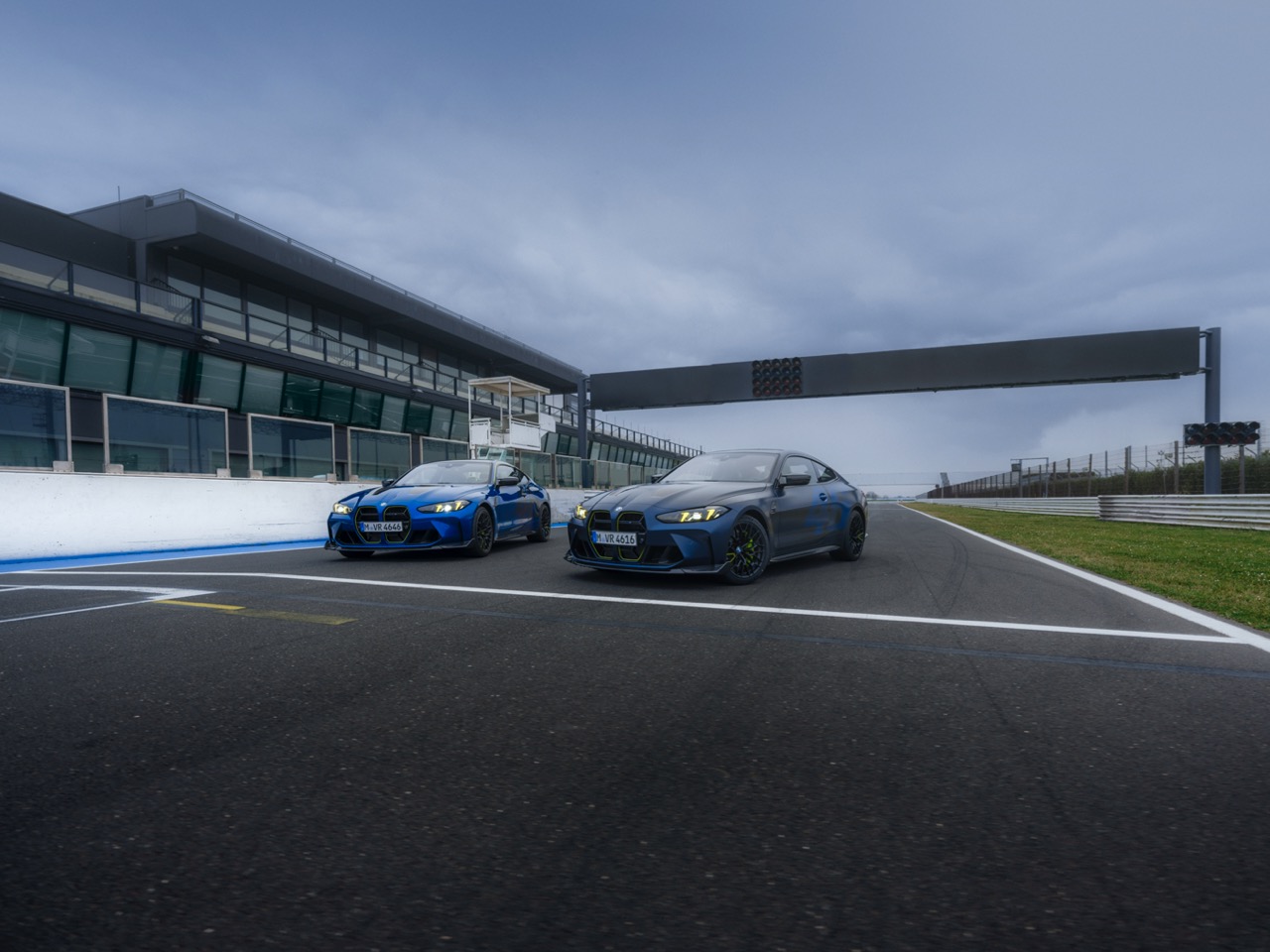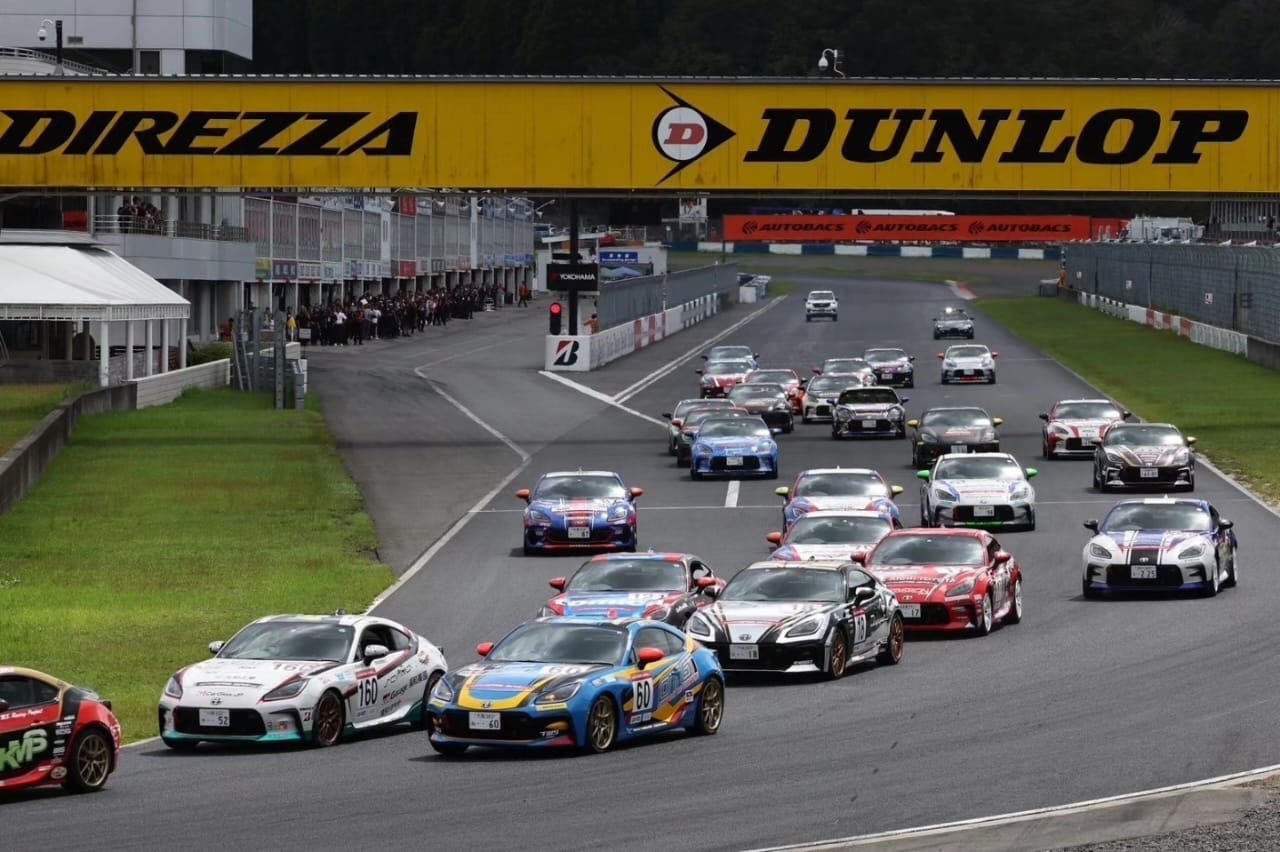With the new FIA technical regulations coming into force this year, Lamborghini Squadra Corse has developed a new Huracan GT3 EVO2 which is an entirely new project. Compared to the Huracan GT3 EVO, which was homologated in 2019 and based on the Huracan EVO road car, the GT3 EVO2 is based on the Huracan STO and features all-new aerodynamic solutions and intake system.
It shares key design elements and rear-wheel drive only with the Huracan STO, and also the naturally aspirated V10 engine which, in the road version, delivers 640 bhp.
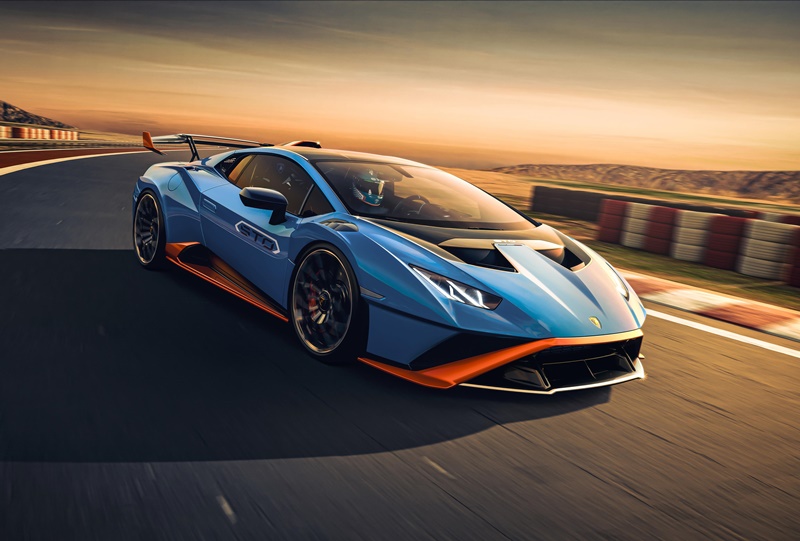

The two strong design elements – the hexagonal airscoop design and the rear fin – are derived from Huracan STO, contributing to a more efficient intake system and better car balance. The airscoop is connected to a snorkel, replacing the side air intakes, which optimally channels the airflow directly into the engine, resulting in greater responsiveness to the driver’s demands.
The introduction of 10 electronically actuated throttle bodies increases the efficiency of the V10 with titanium valves; the entire system, designed in-house by Lamborghini Squadra Corse, is fixed to the engine by just 4 screws, a solution introduced for the first time on the Essenza SCV12, to facilitate maintenance work.
The fully carbonfibre bodywork has a muscular design created in collaboration with Lamborghini’s Centro Stile. The new splitters, diffuser and underbody enhance aerodynamic efficiency. The carbonfibre floor, coated with high-strength Zylon fibre, together with the new diffuser, provides greater downforce than the current generation GT3 EVO.
Other innovations include the rear wing, which is mounted on aluminium alloy pillars inspired by those of the STO. The new supports allow for greater precision in adjusting the wing compared to those of the EVO model.
The redesigned roll cage, with the introduction of two rear pillars, and the new carbon-Kevlar honeycomb side panels, already tested on the Essenza SCV12, increases safety in the event of impact on the doors in compliance with the FIA 2022 regulations. The plexiglas side windows are now fixed to the carbonfibre door panel by means of a ring of screws for greater structural rigidity and reliability.
Stopping power has also been optimised as the brake system has been updated with new calipers and pads designed by Squadra Corse for both endurance and sprint races. These solutions, combined with dedicated traction control and ABS, have been developed to make the car easy to control in low-grip conditions. The car is delivered to customers equipped with PZero tyres (325/680-18 at the front; 325/705-18 at the rear) from Pirelli.
“The new Huracan GT3 EVO2 is not simply an evolution of the current car. It’s a new project that reinforces the technological transfer between Lamborghini’s motorsport division and the company and inherits two difficult tasks: to prove as successful as the previous generations of Huracan GT3, which have won more than 40 international titles in 6 seasons, and to match its commercial success by helping to reach the target of 500 Huracán racing cars since 2015,” said Giorgio Sanna, Lamborghini Head of Motorsport.
The first customers will get their cars from the second half of 2022, with the track debut to be at the 2023 Daytona 24 Hours. Those who are running the previous Huracan GT3 EVO model can upgrade it to the GT3 EVO2 specifications via an evolution kit.
Lamborghini Huracan deliveries pass 20,000 mark after 8 years





